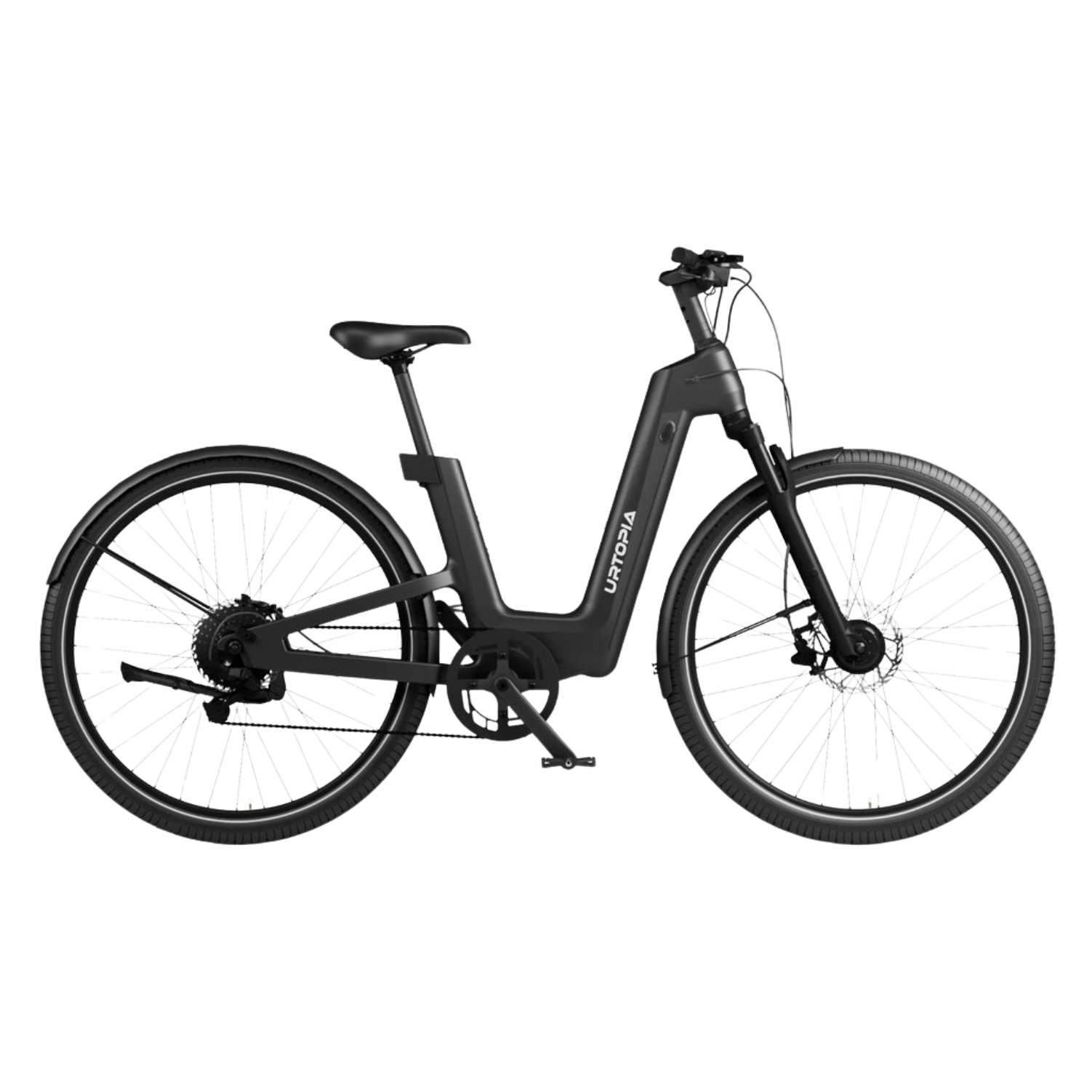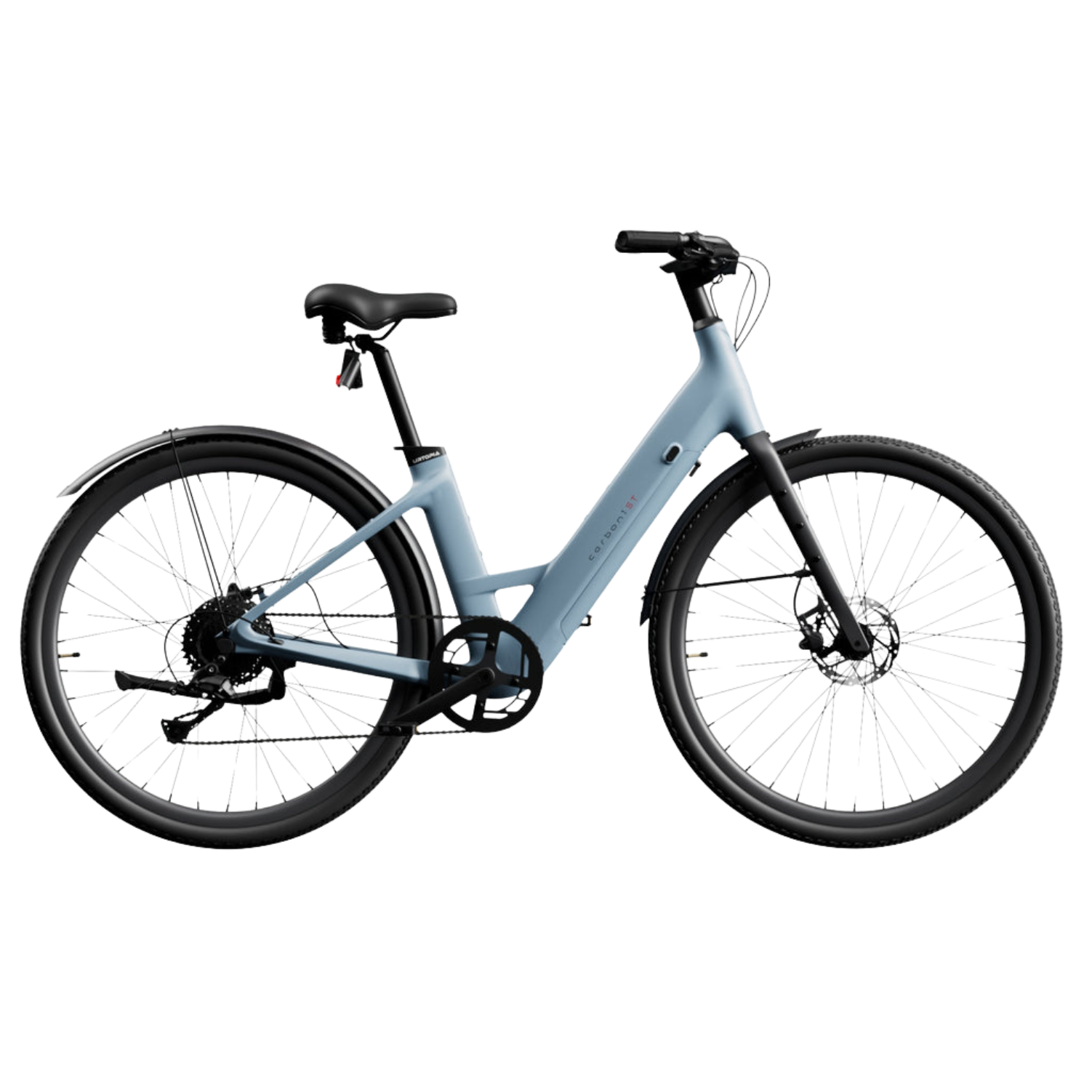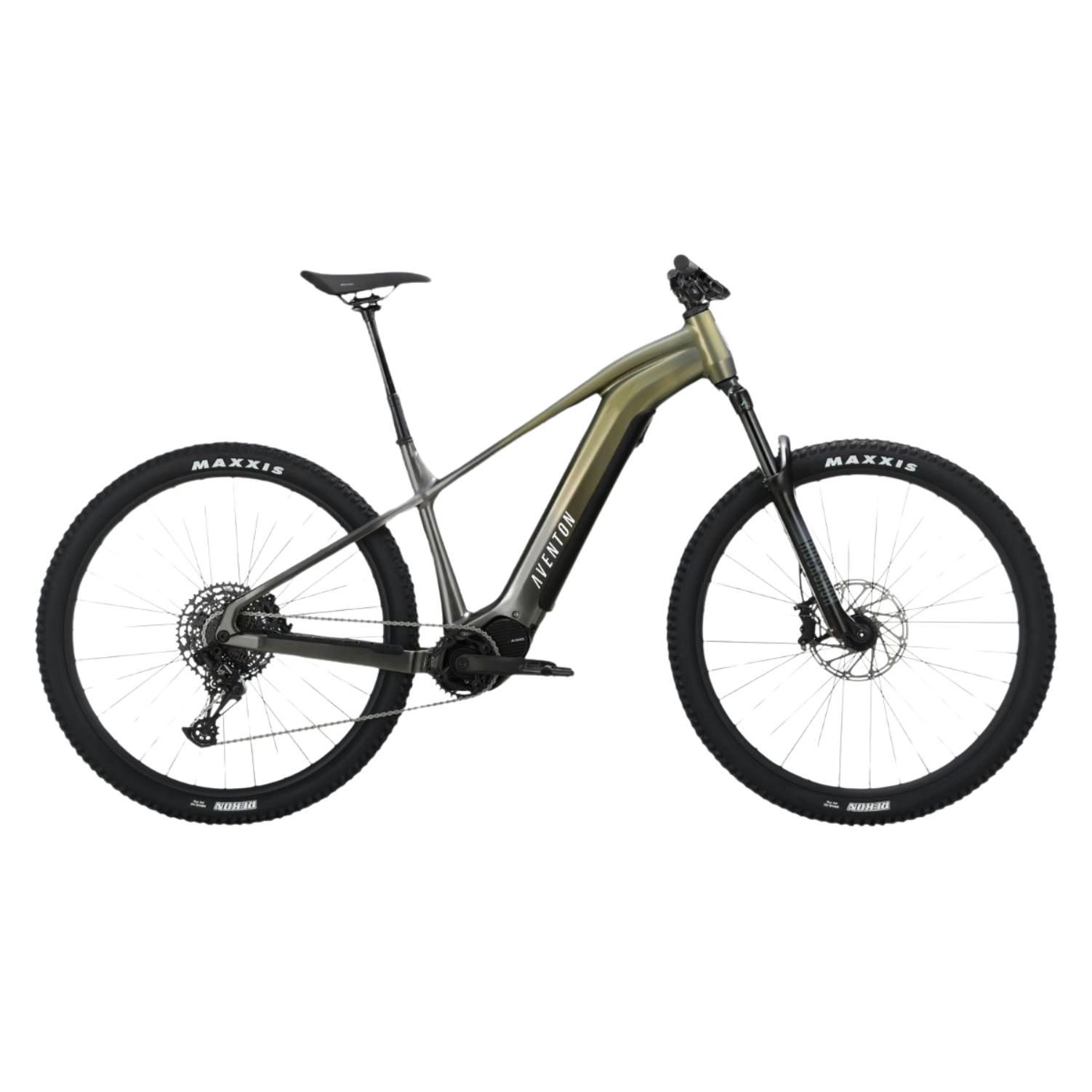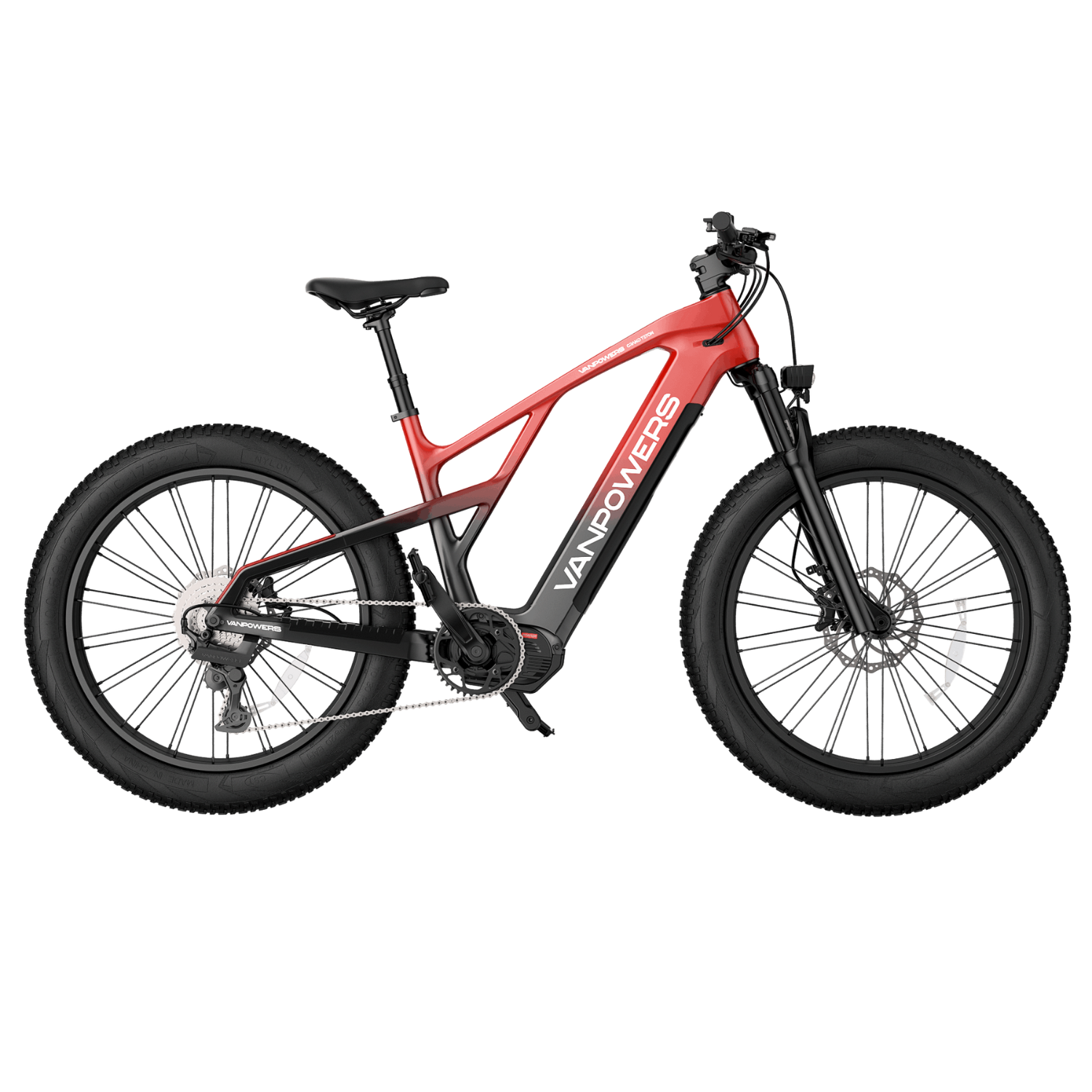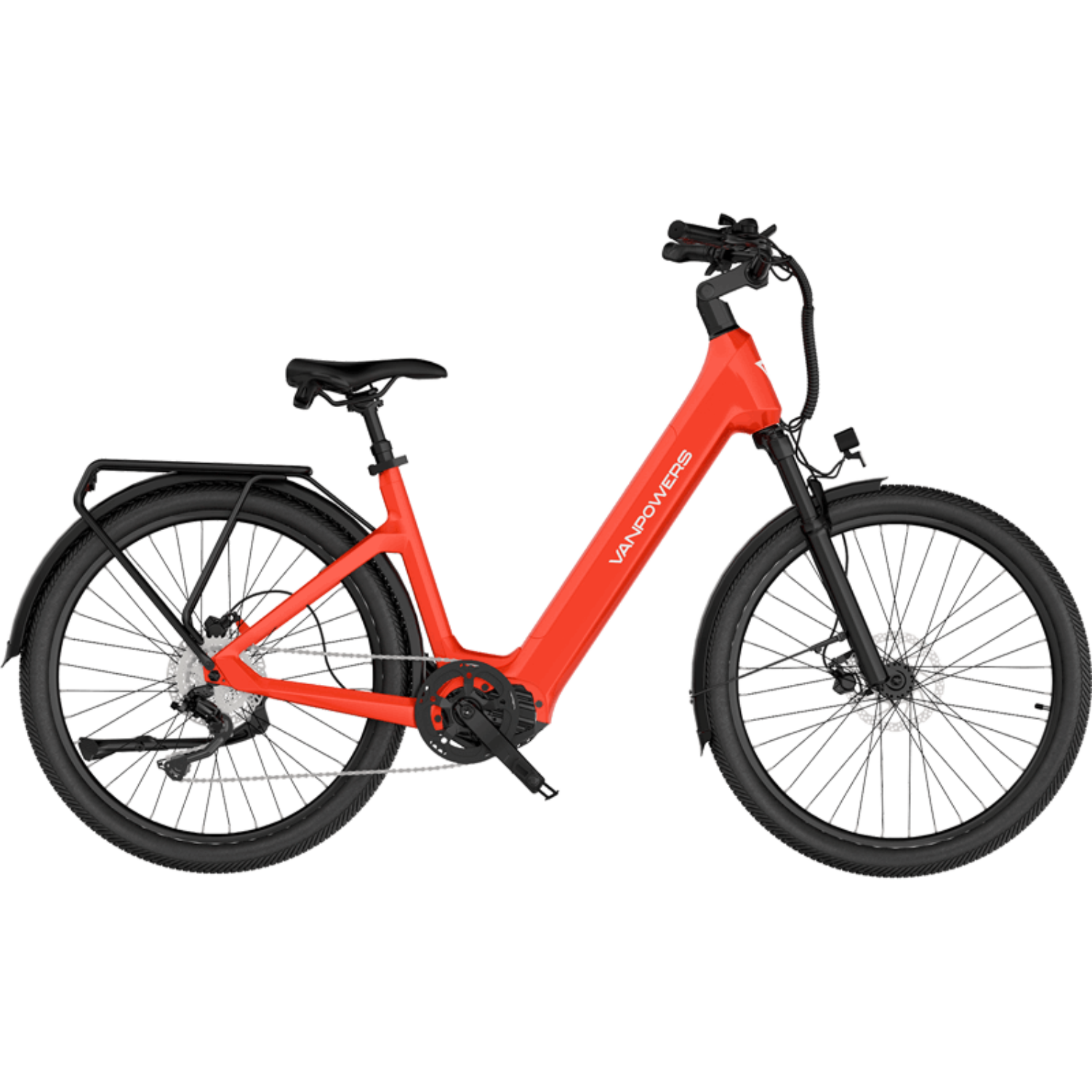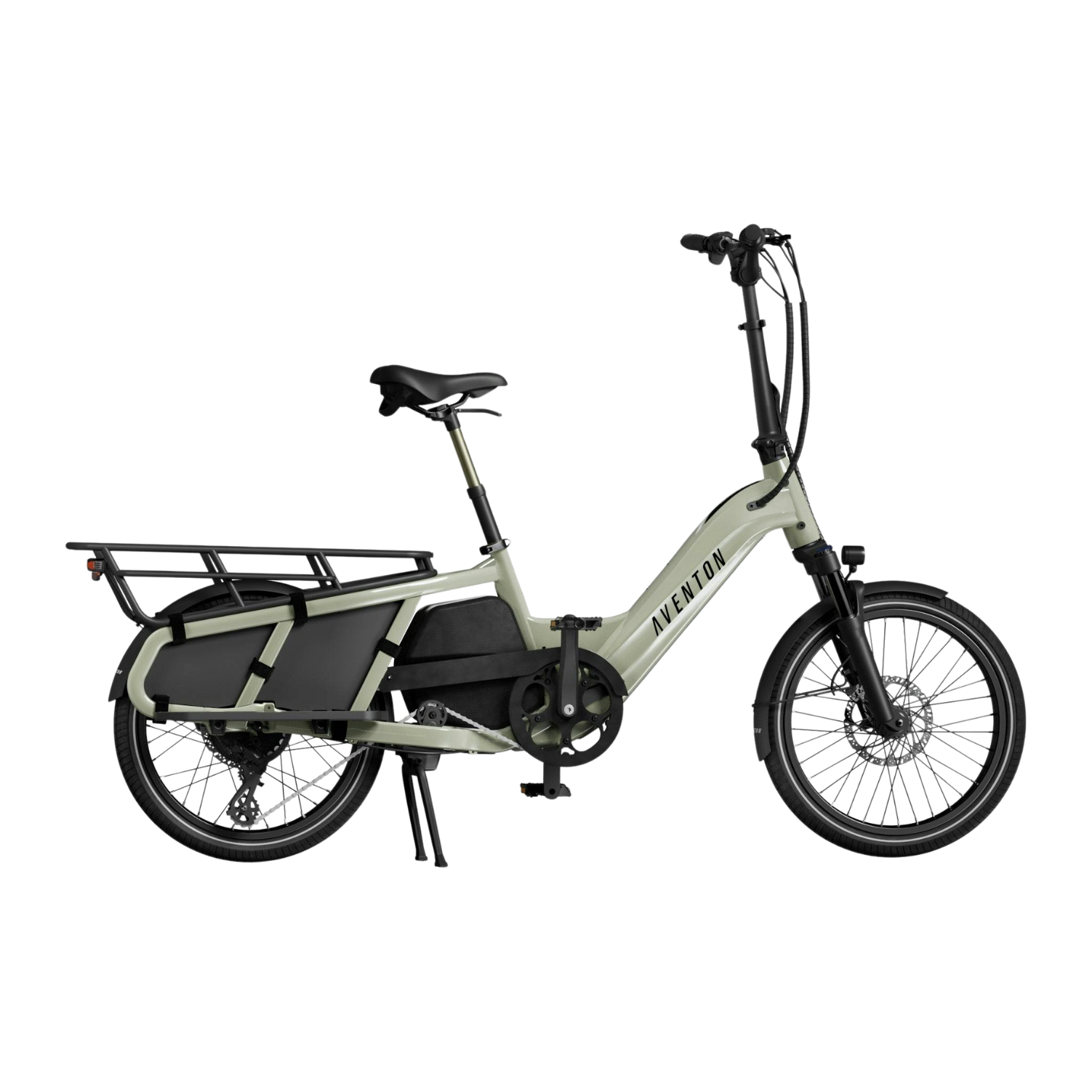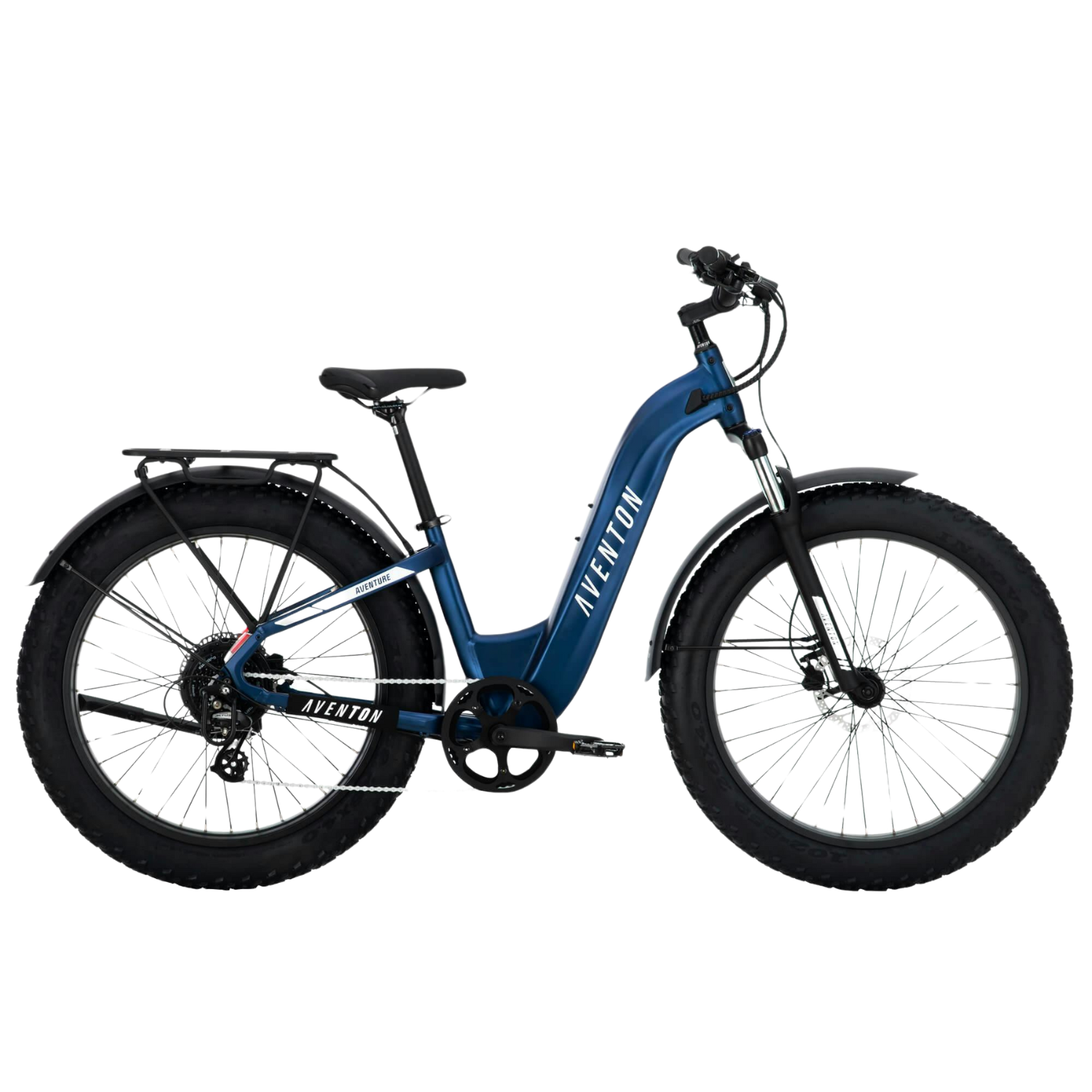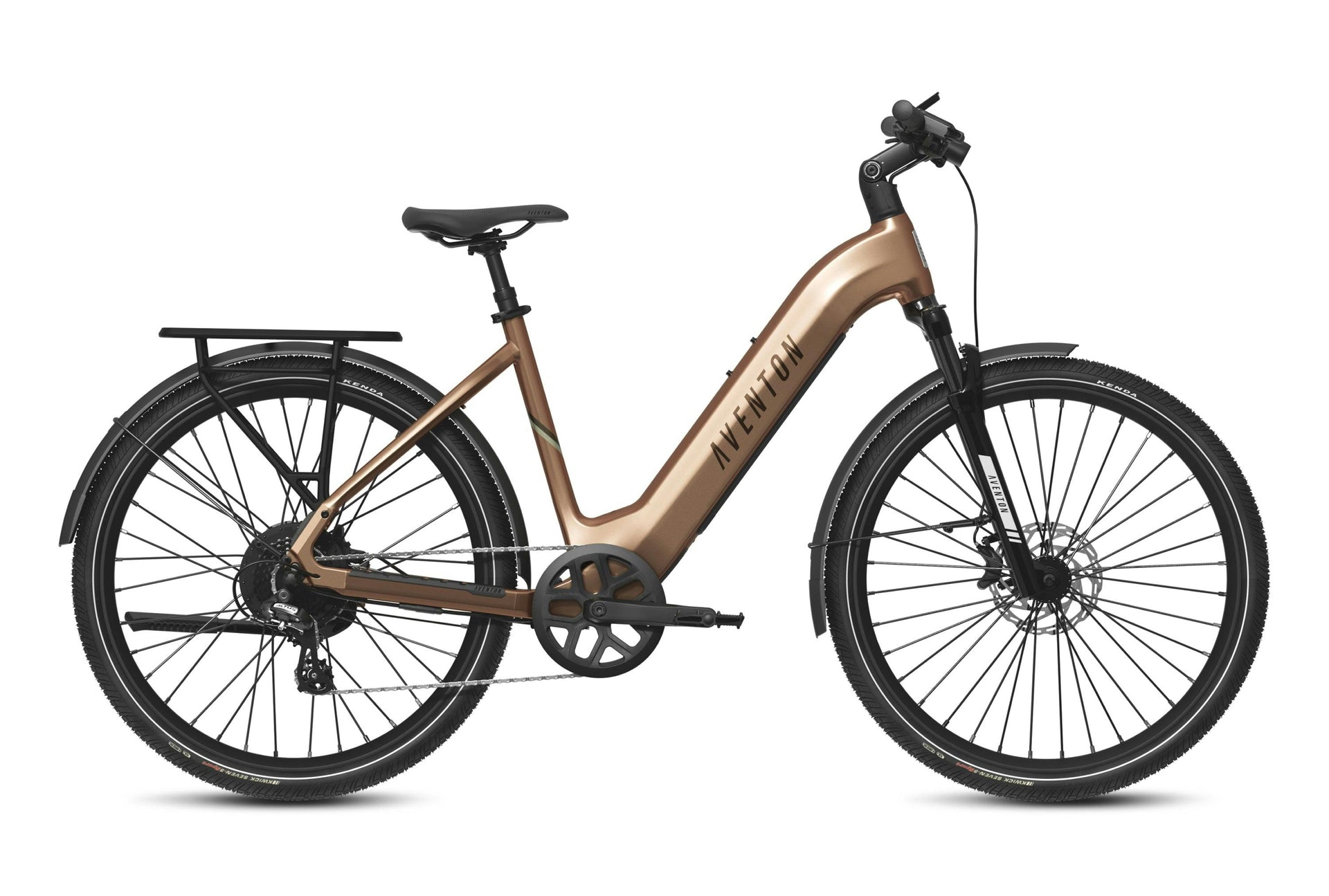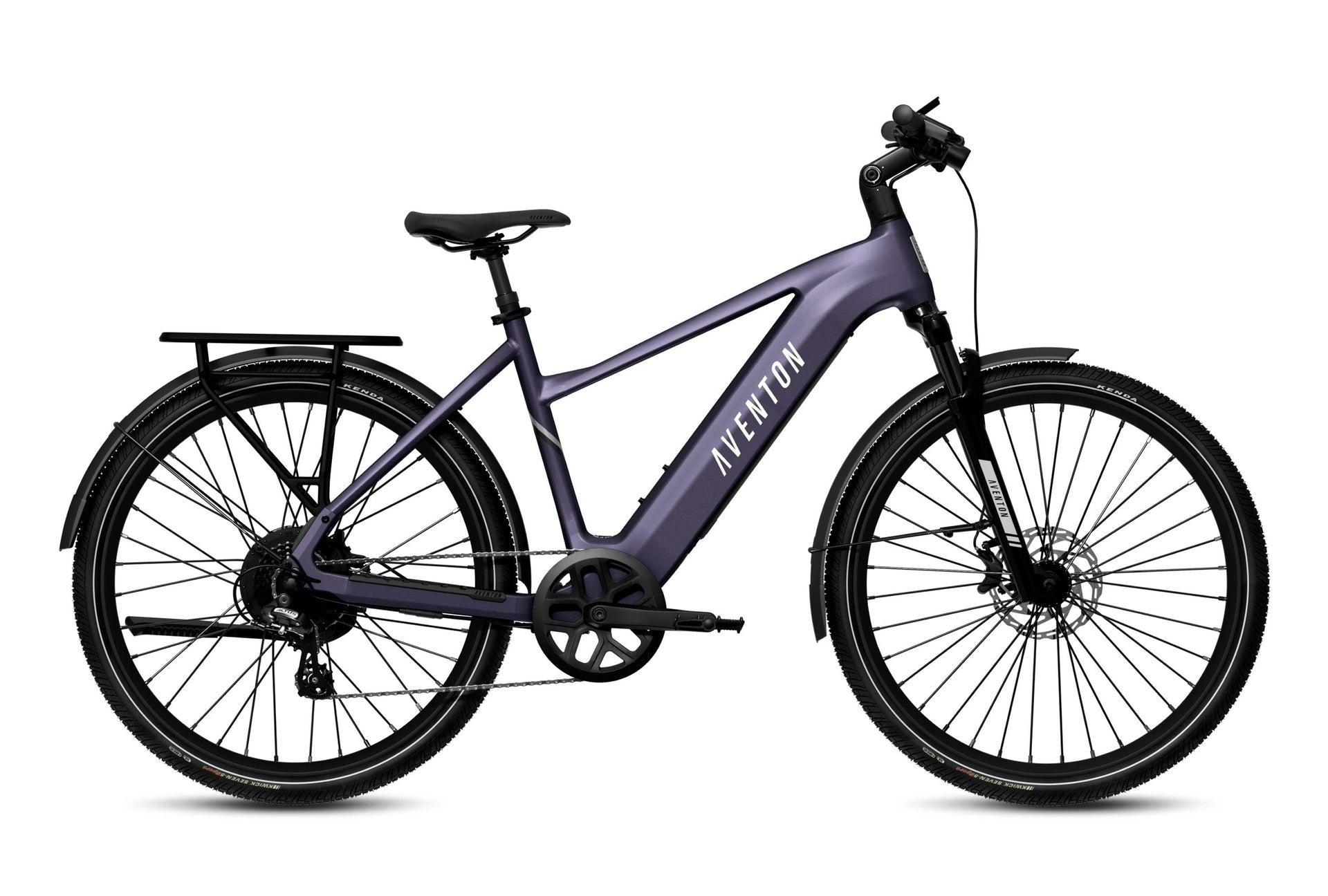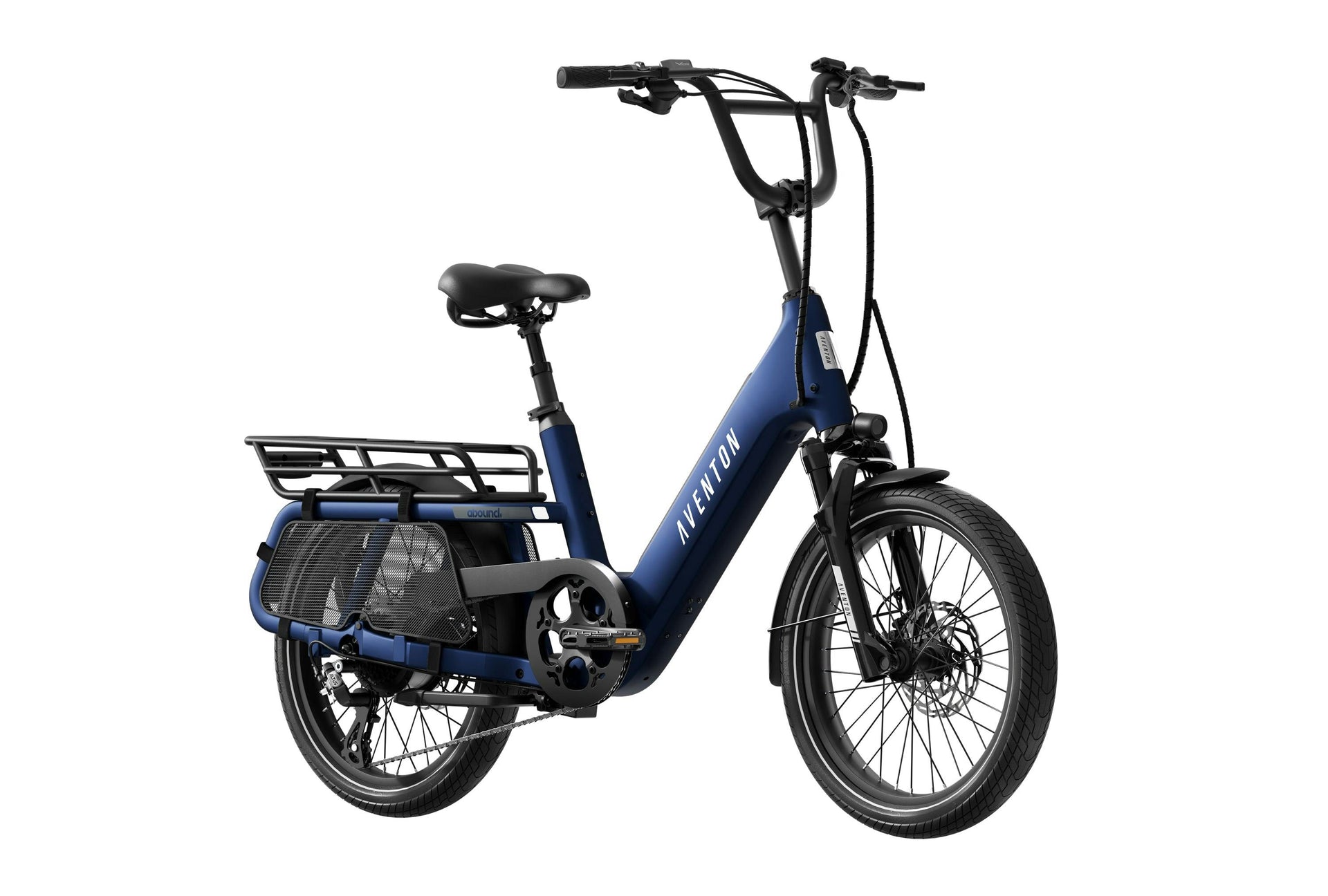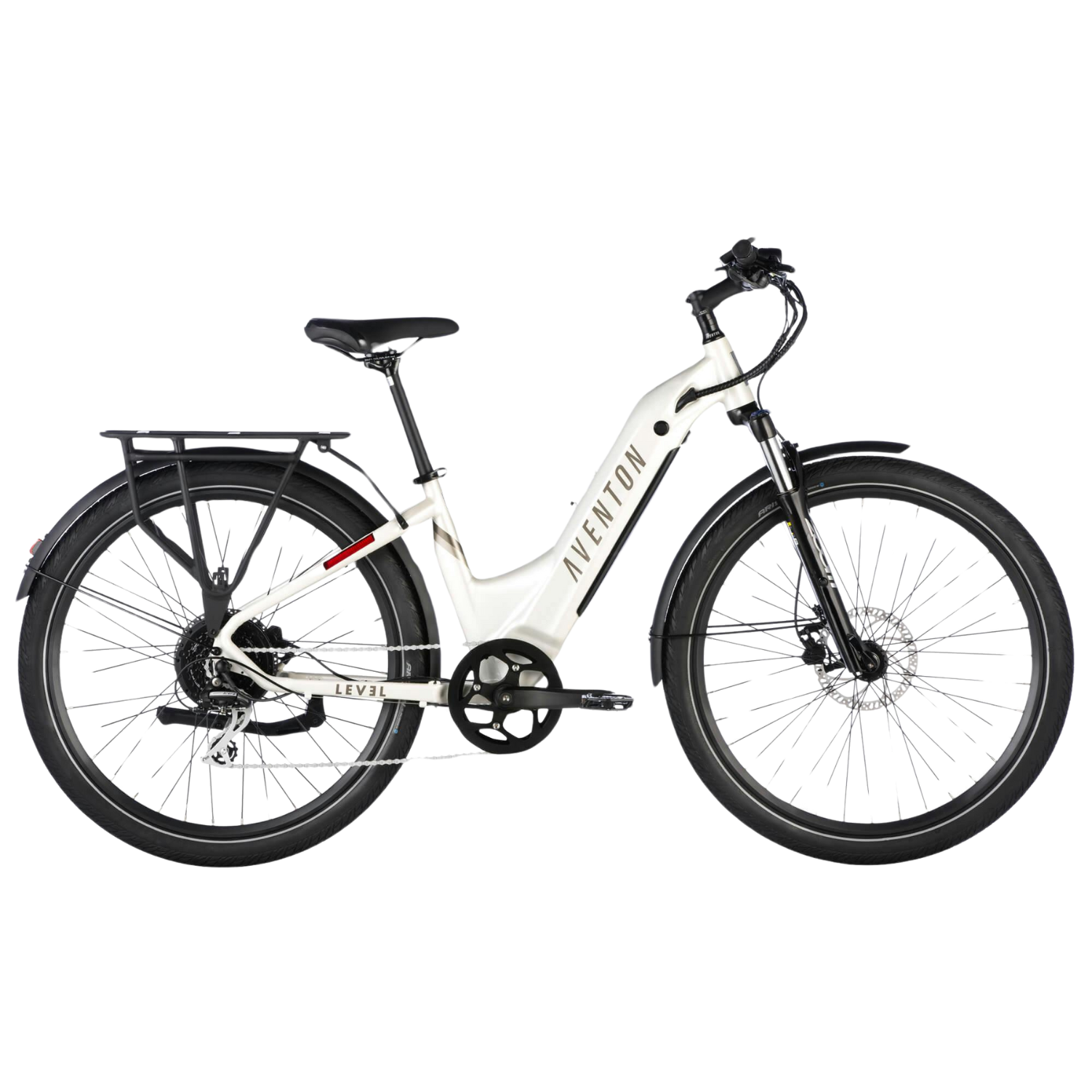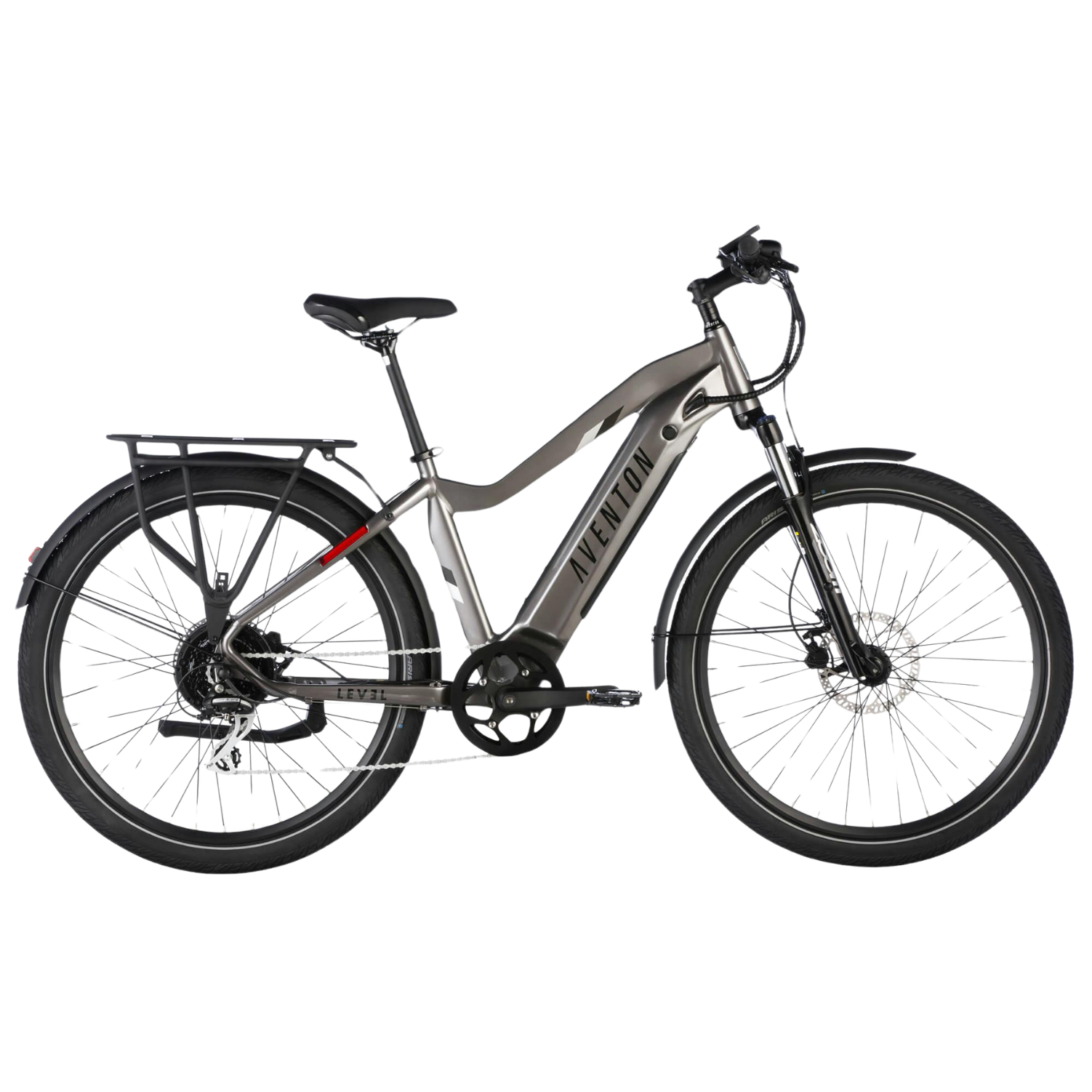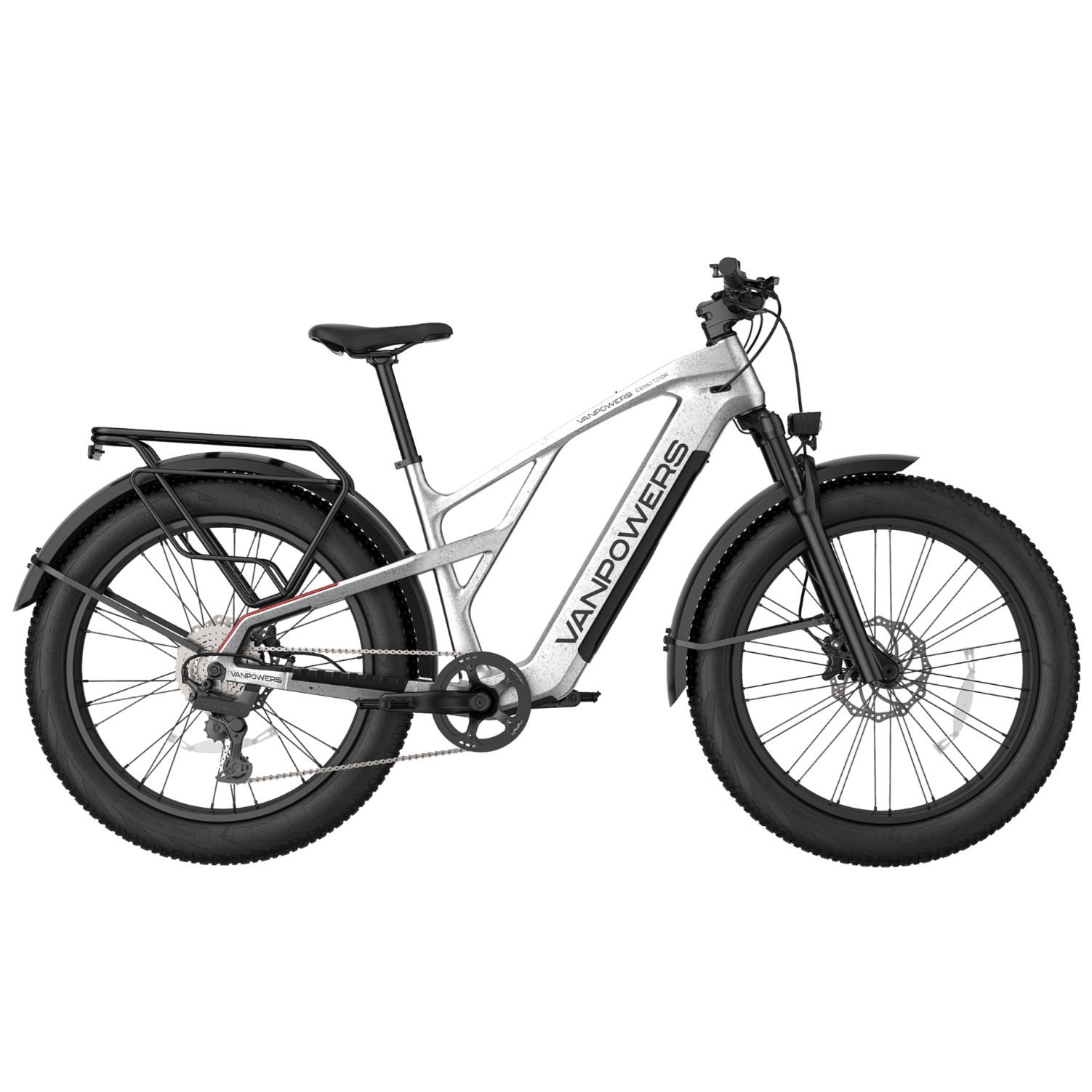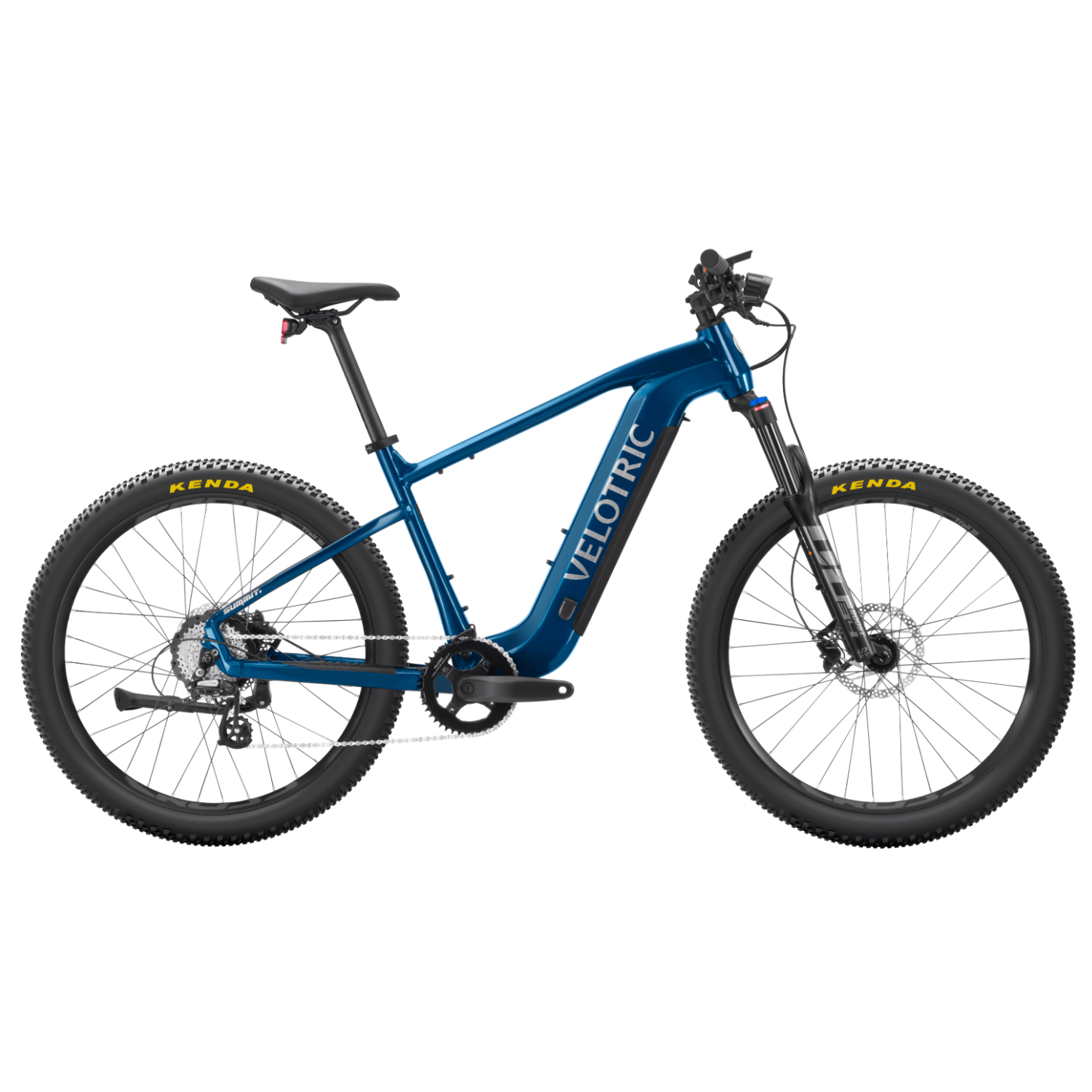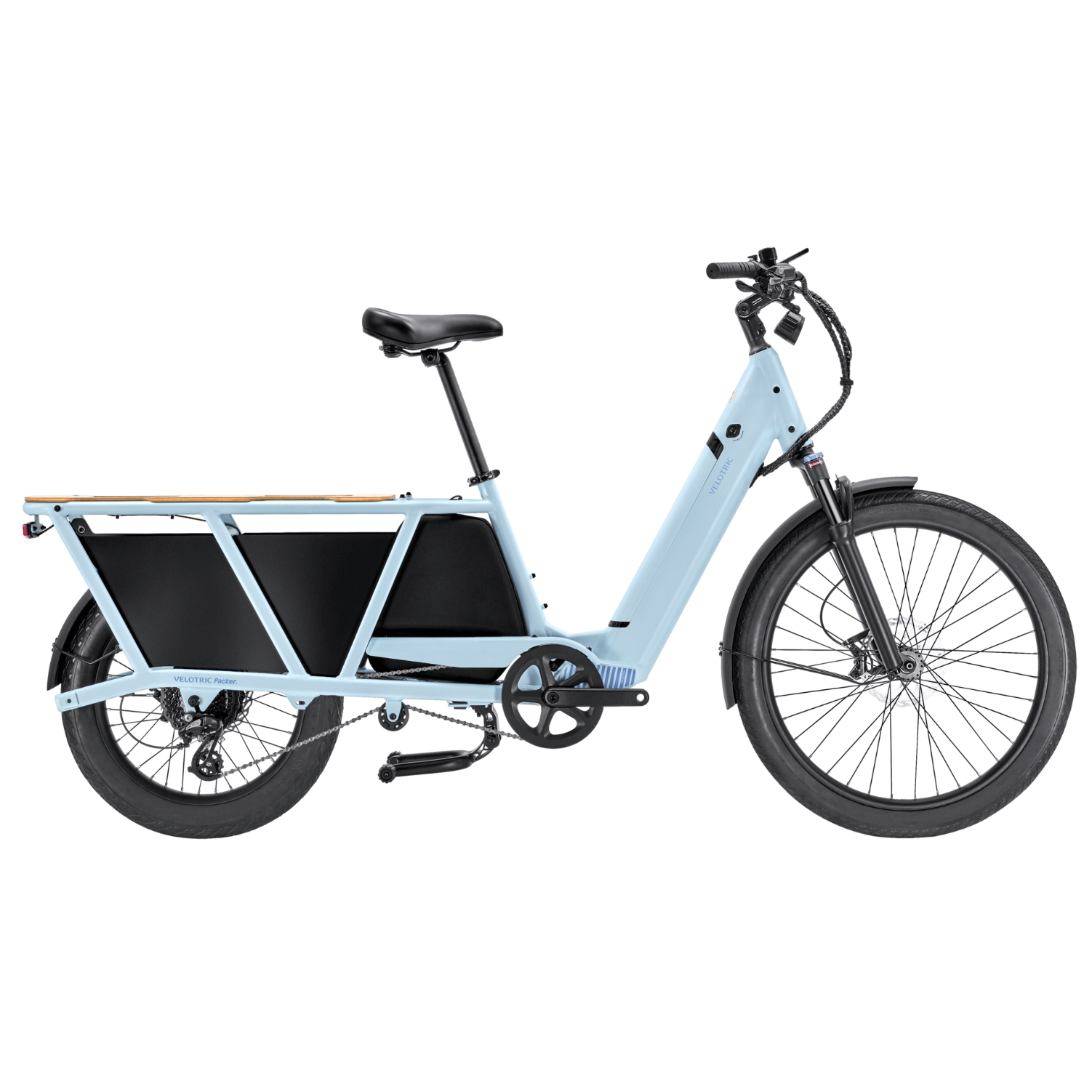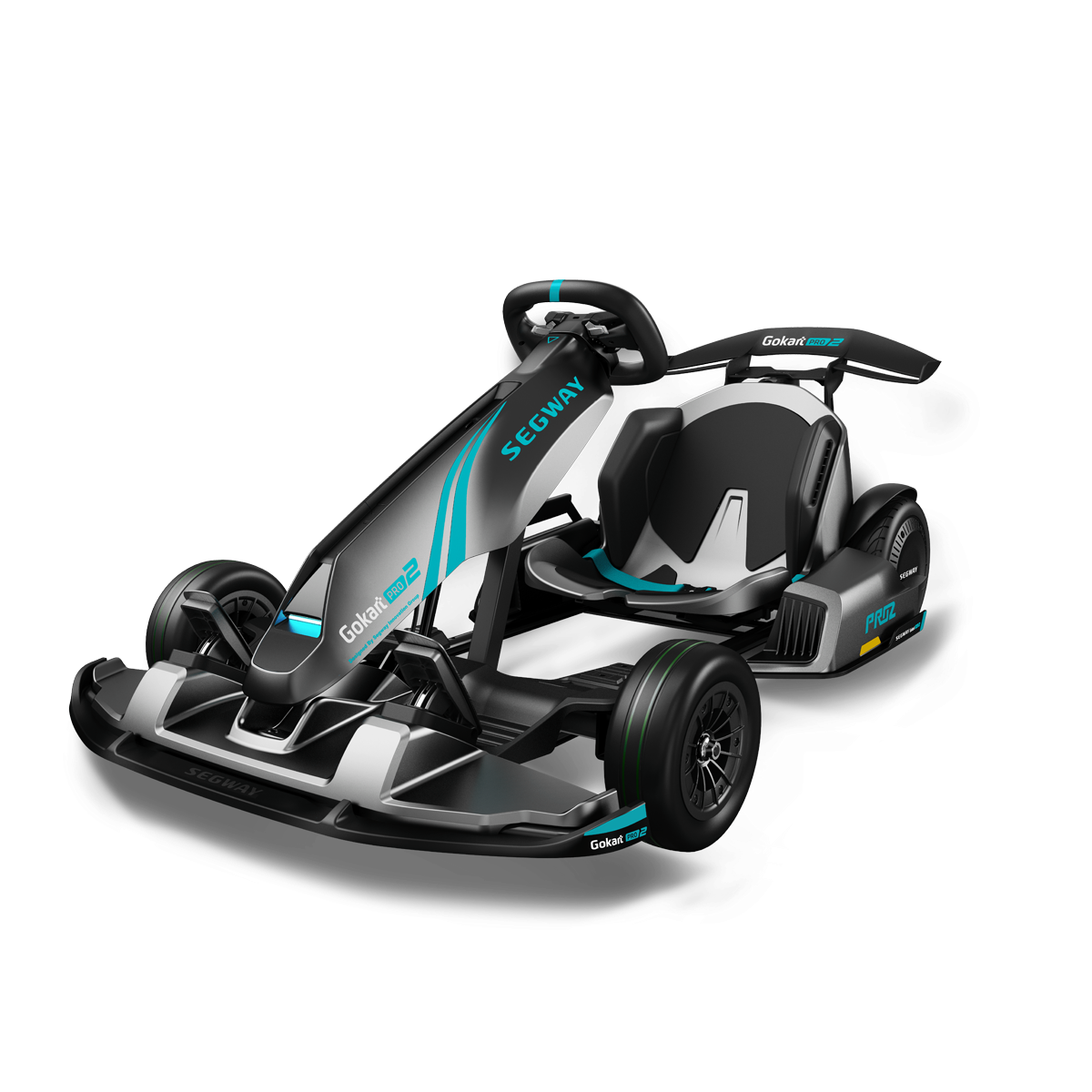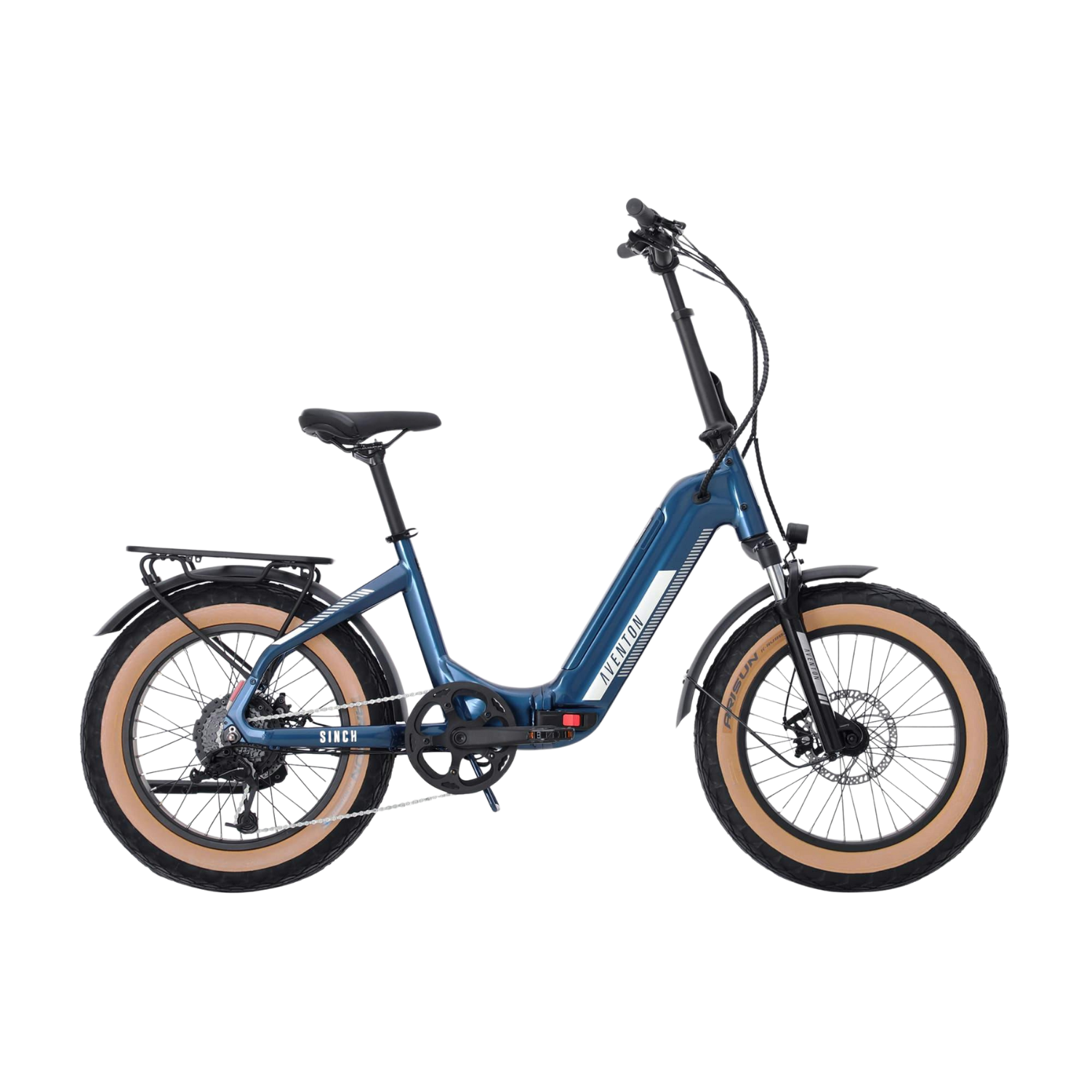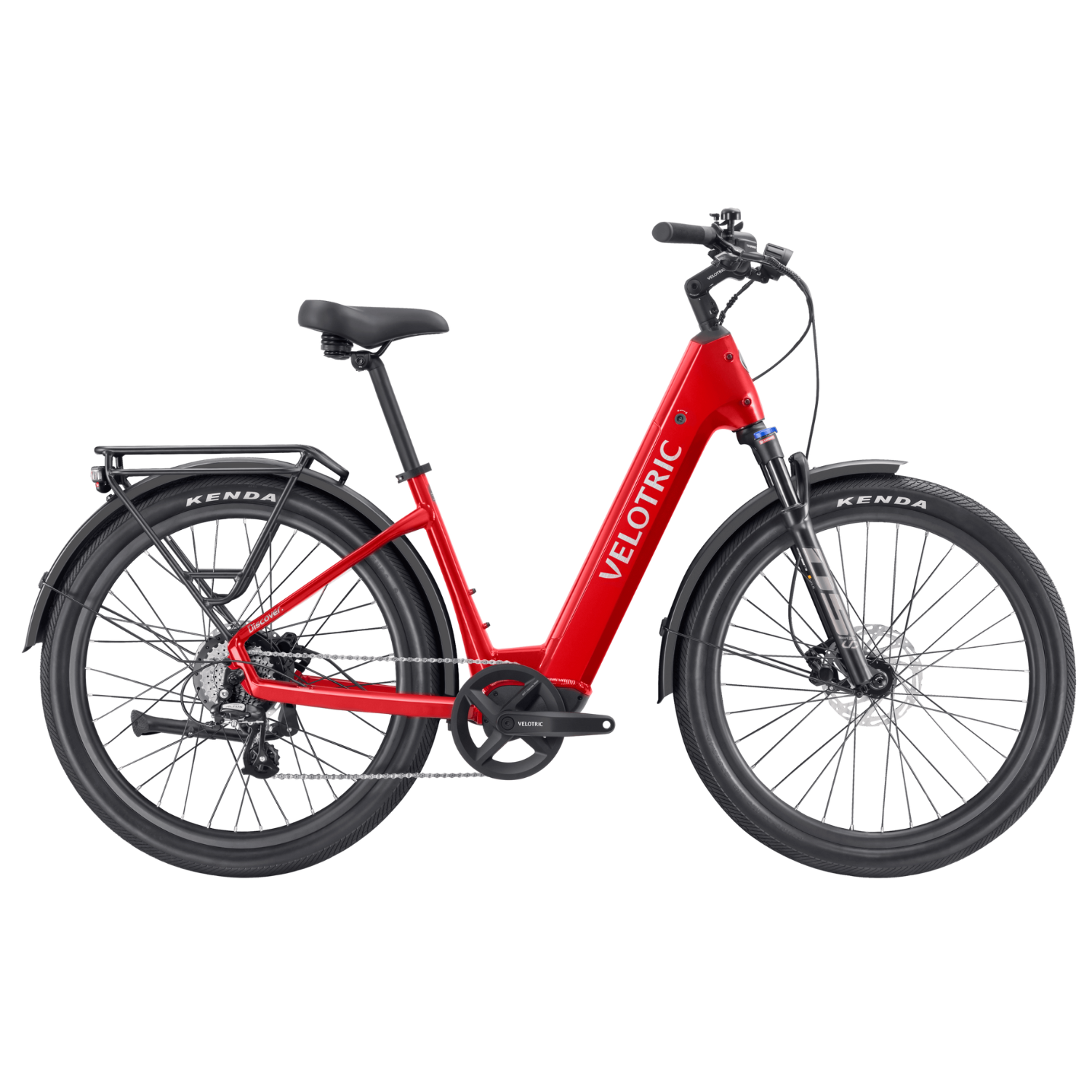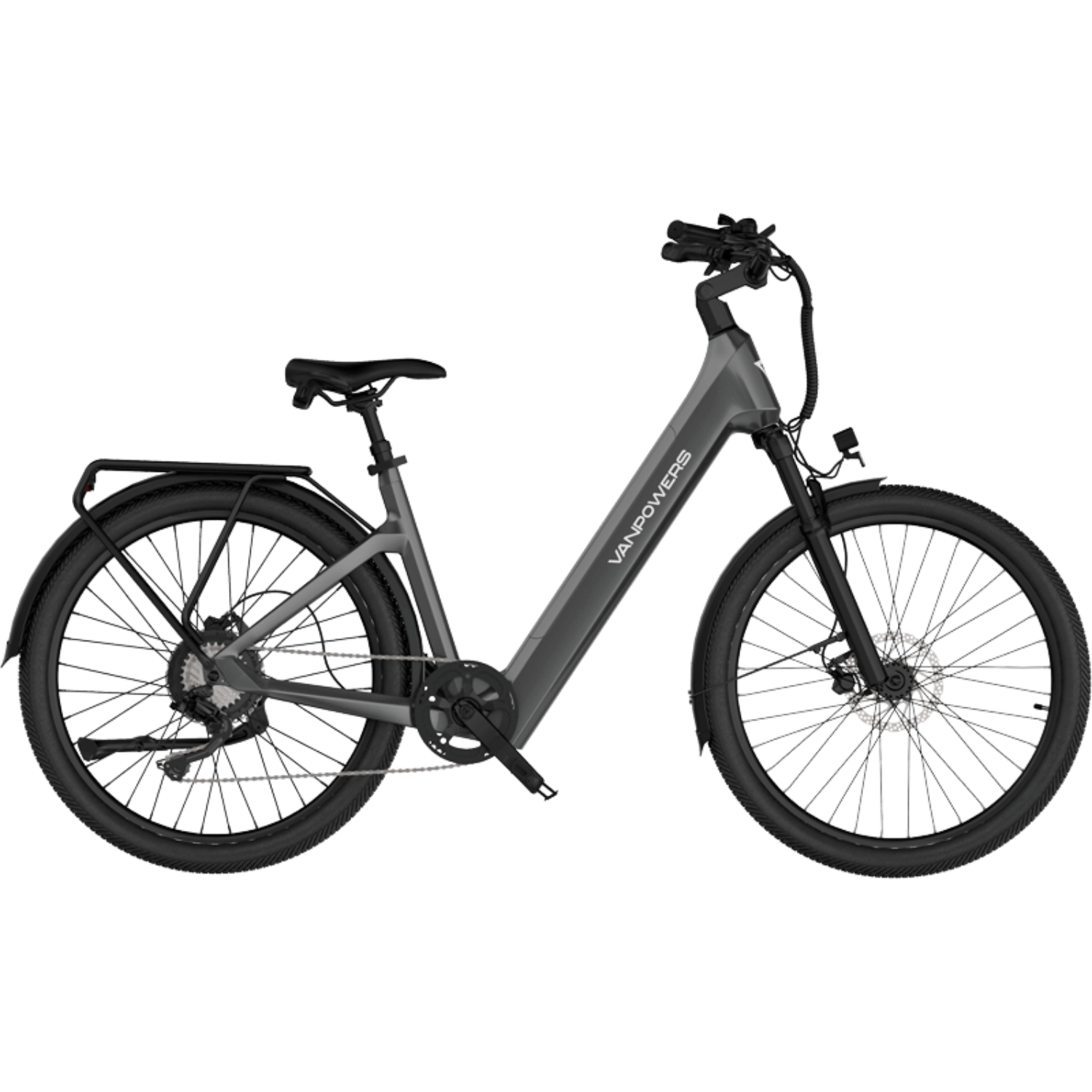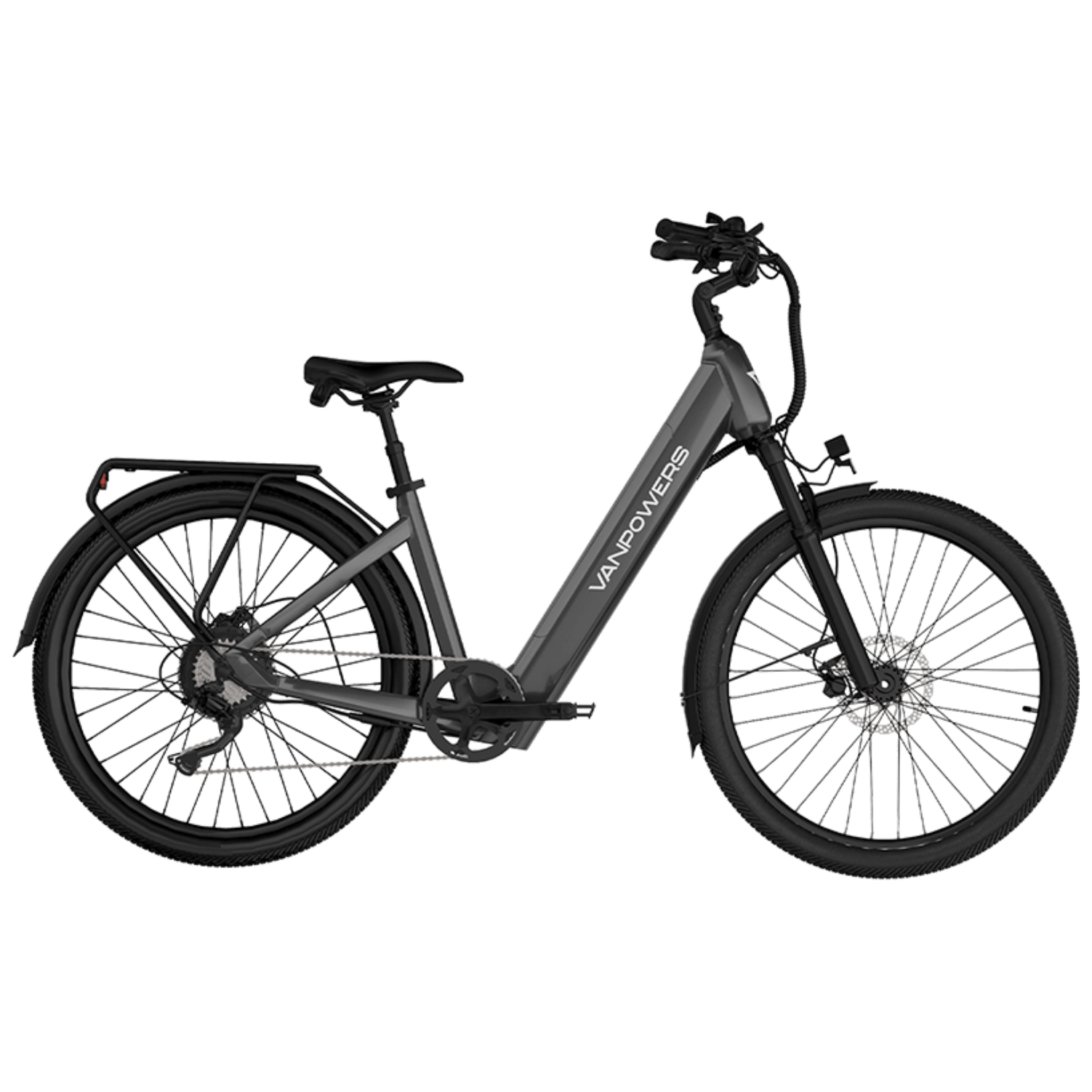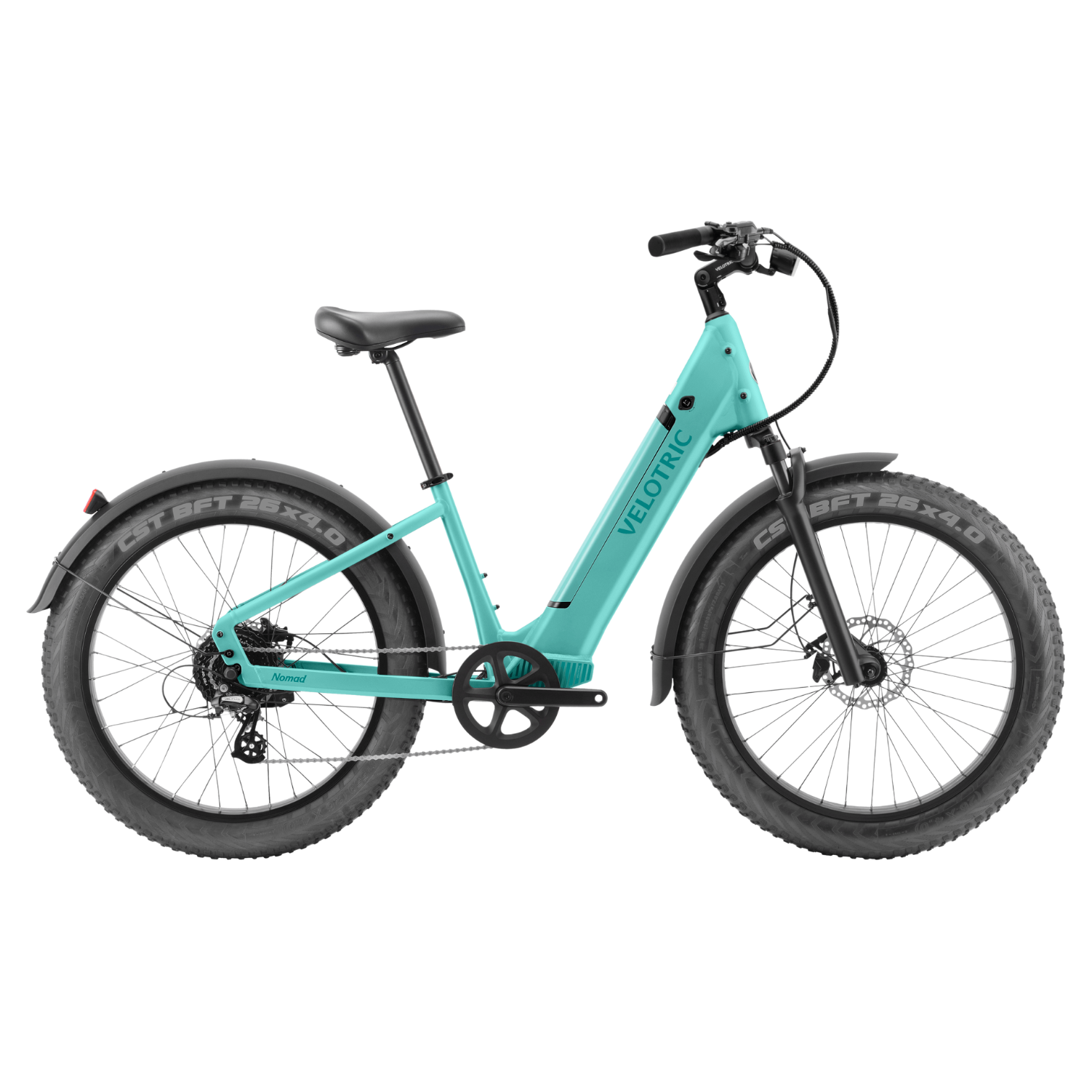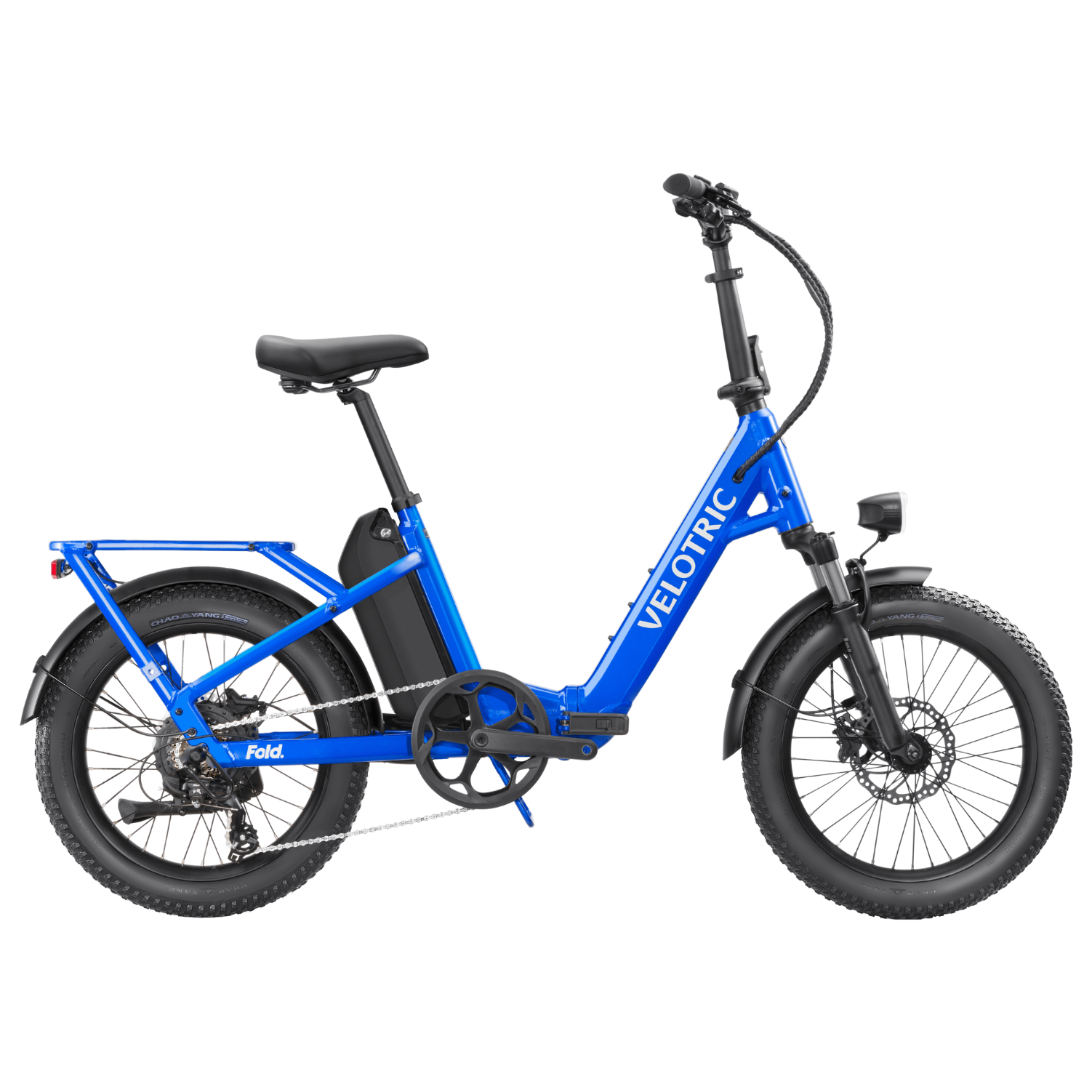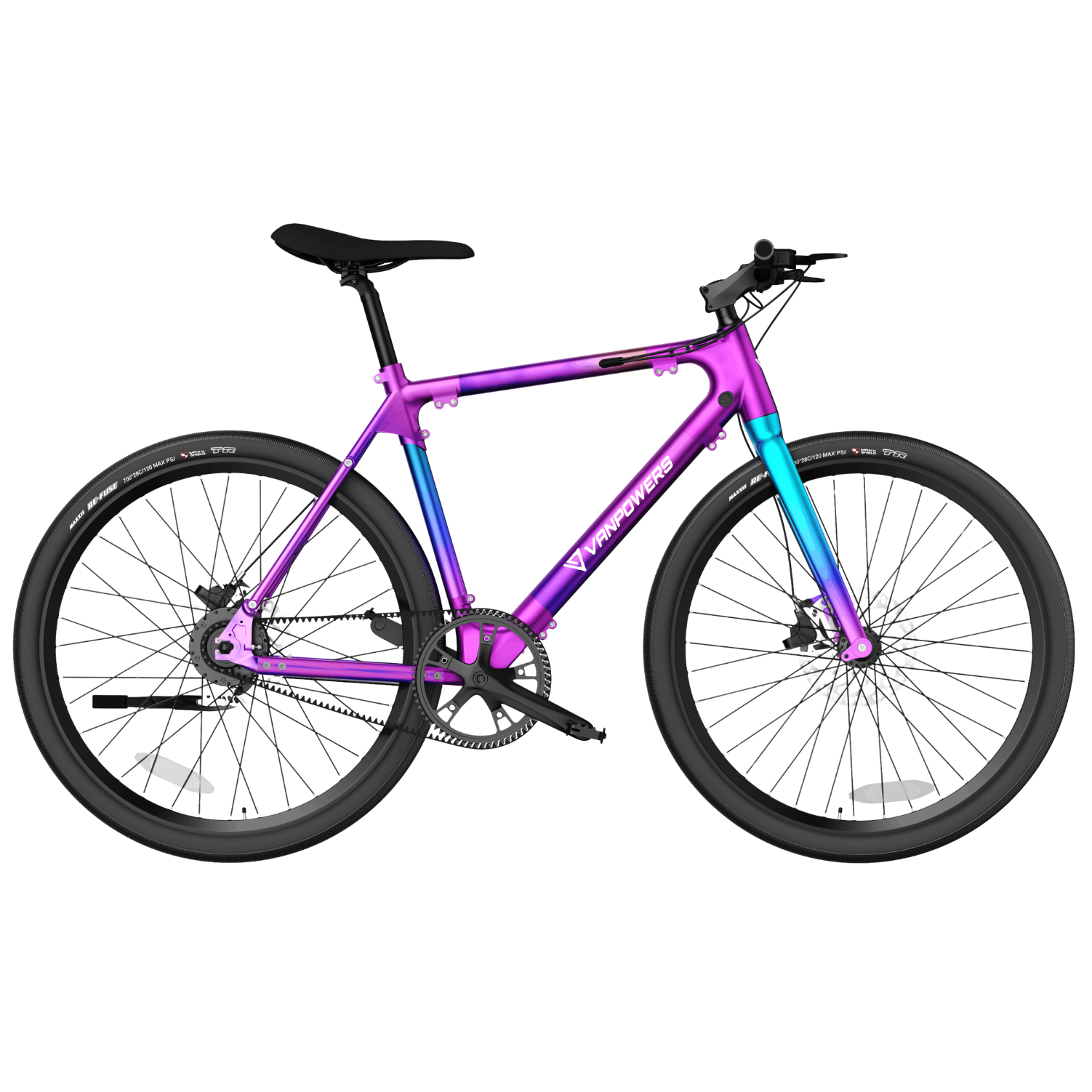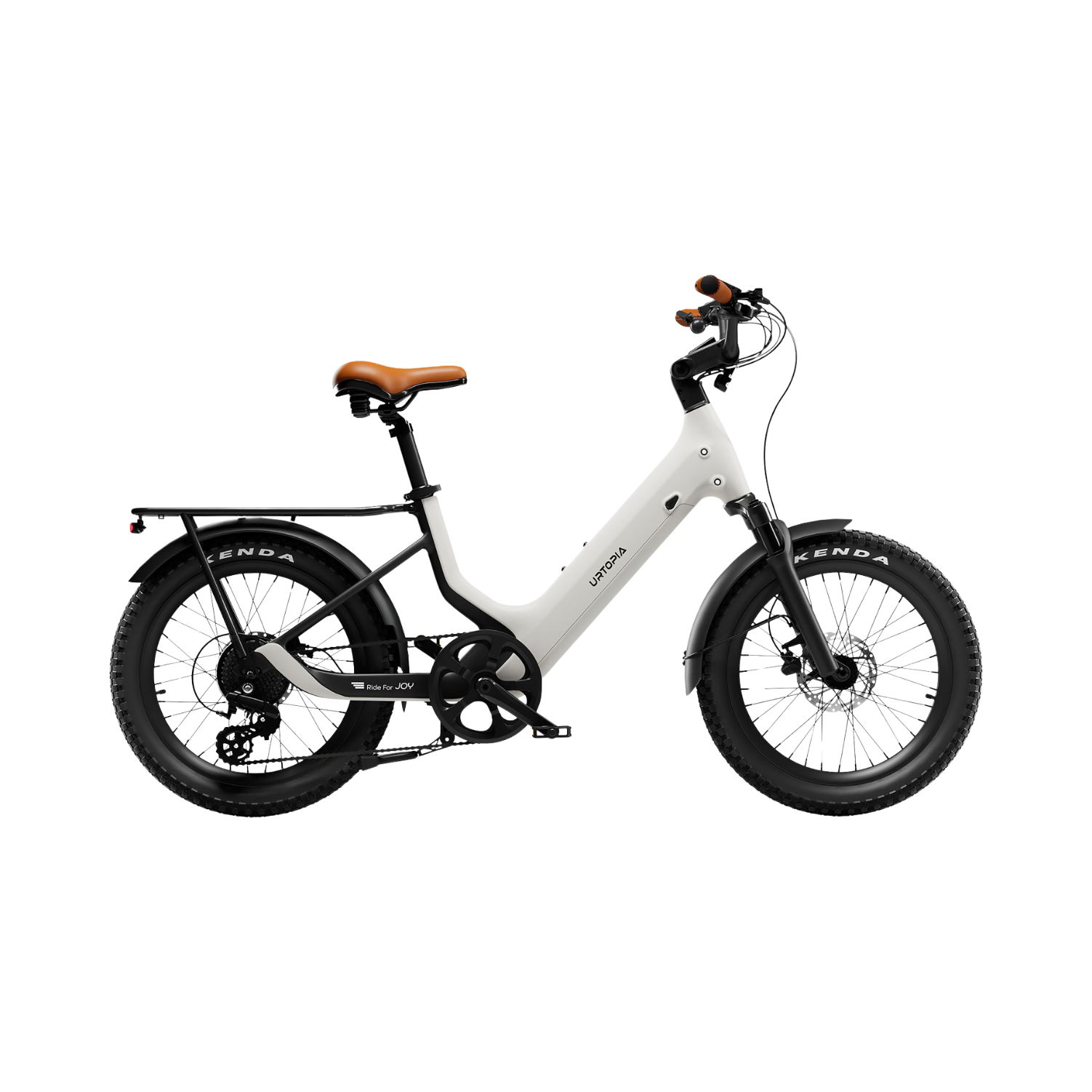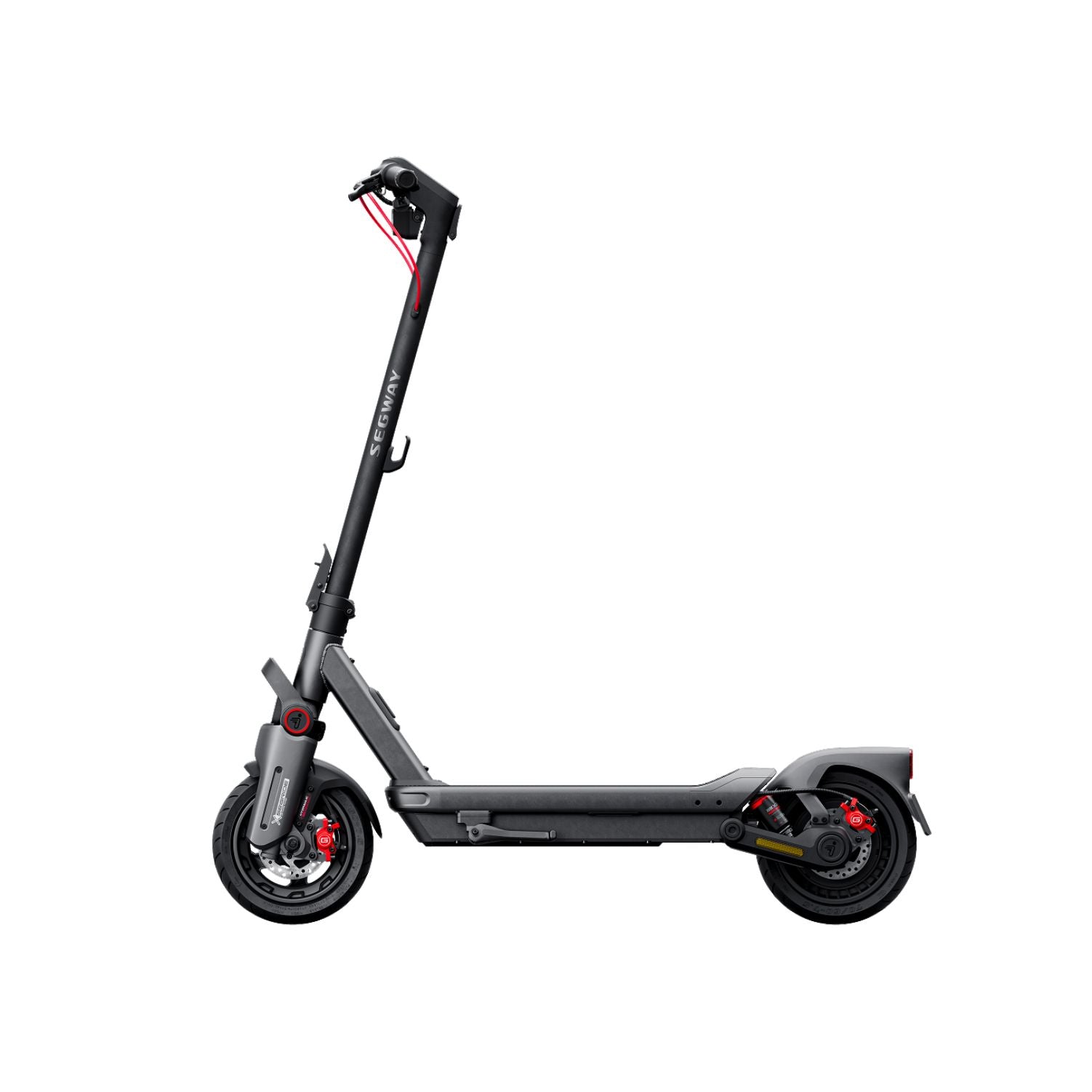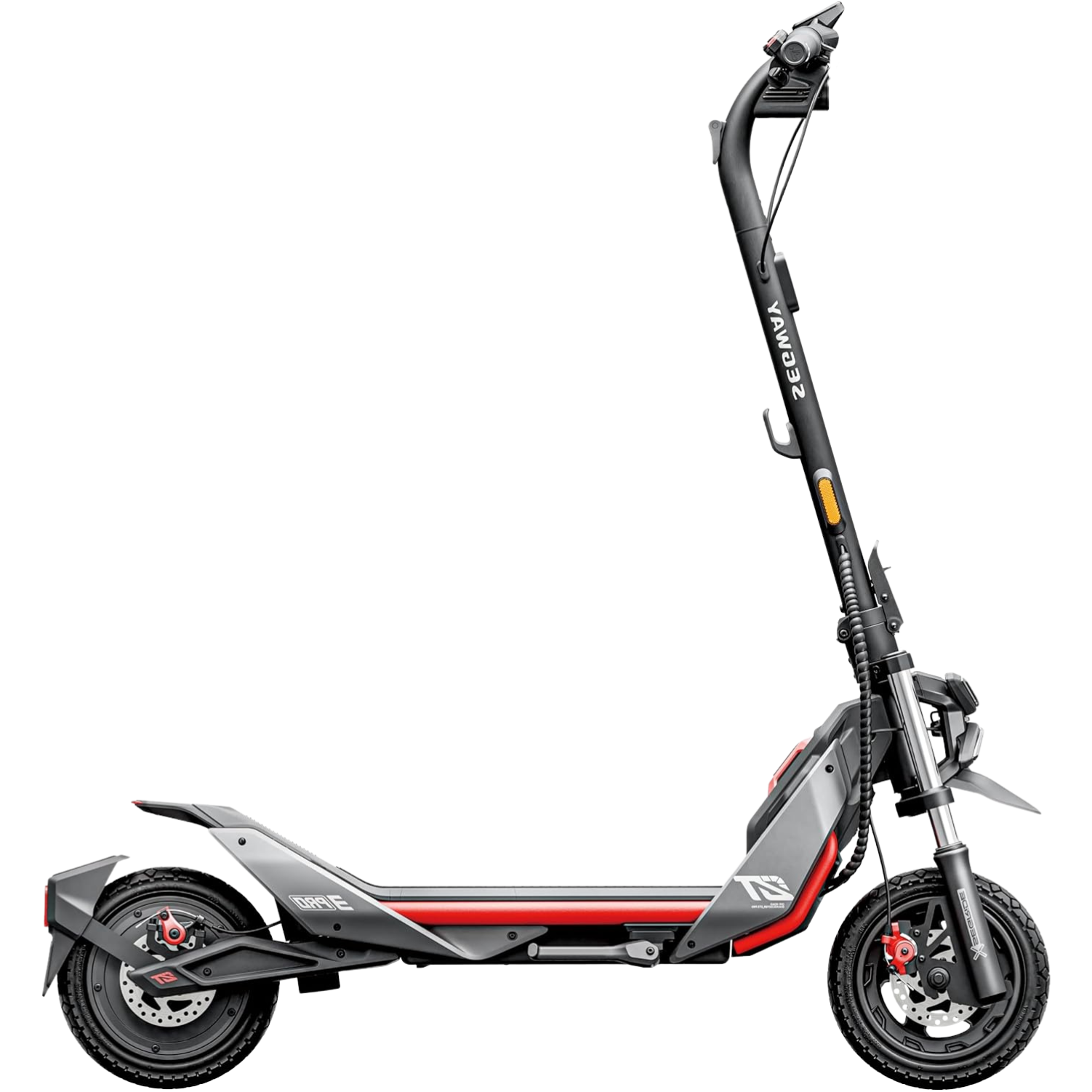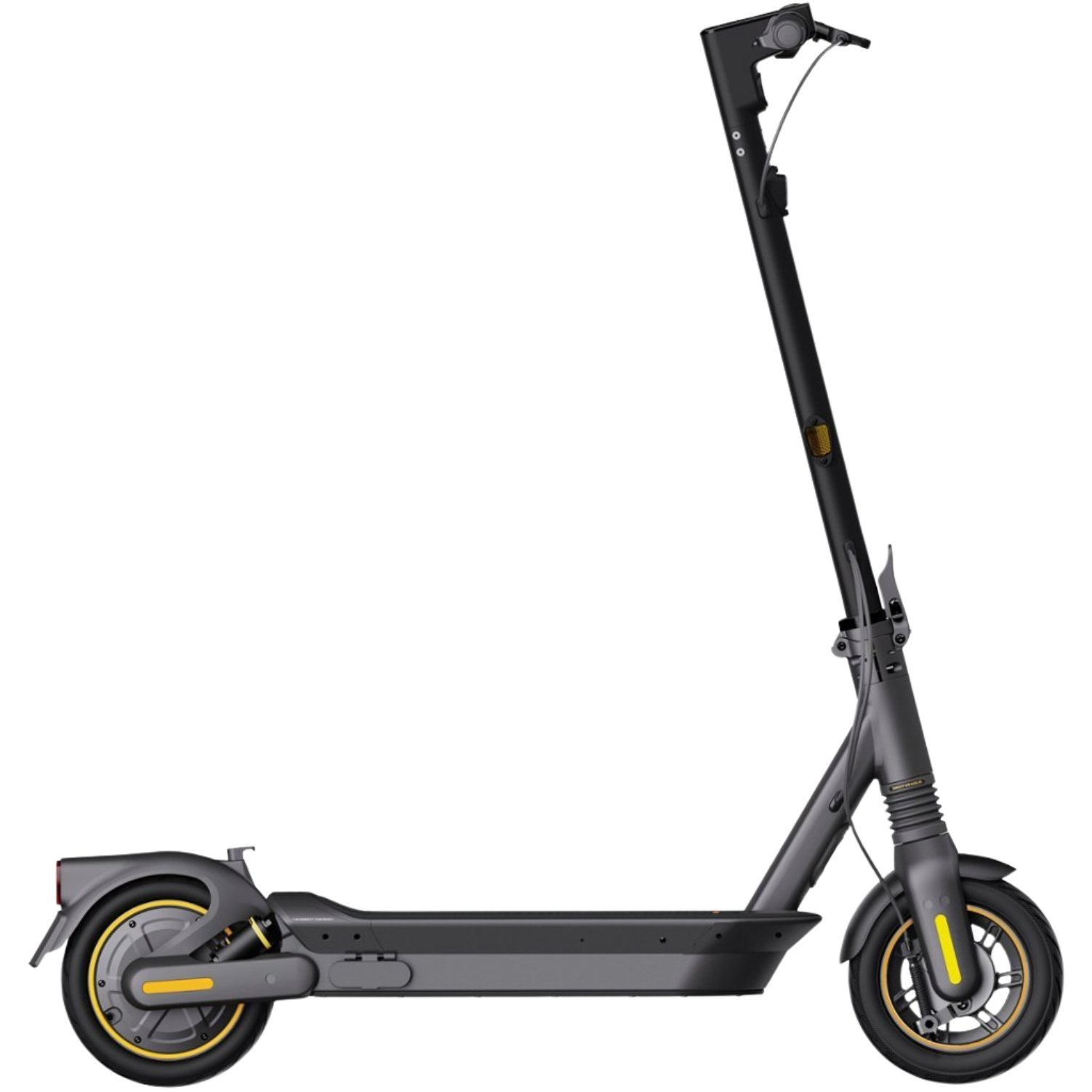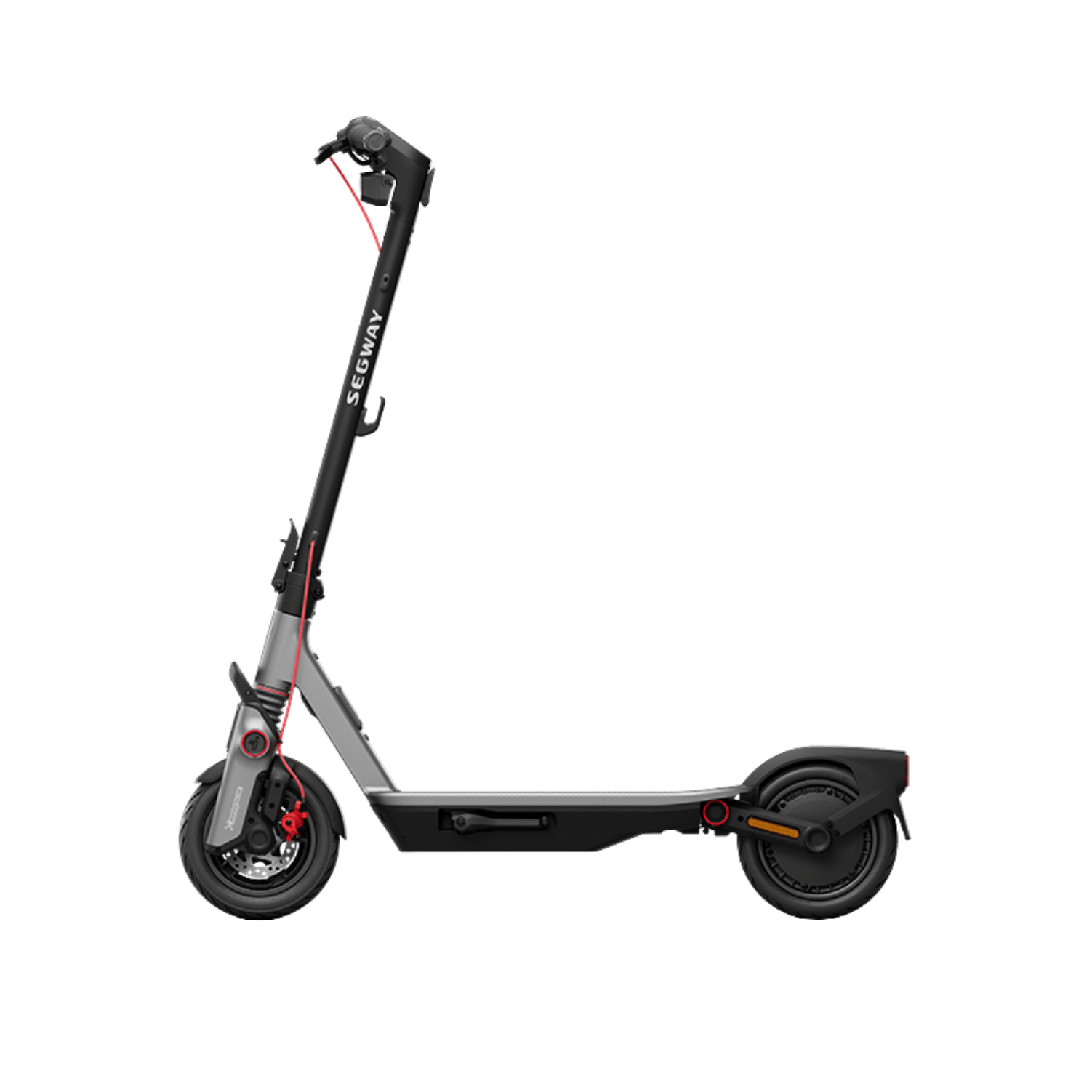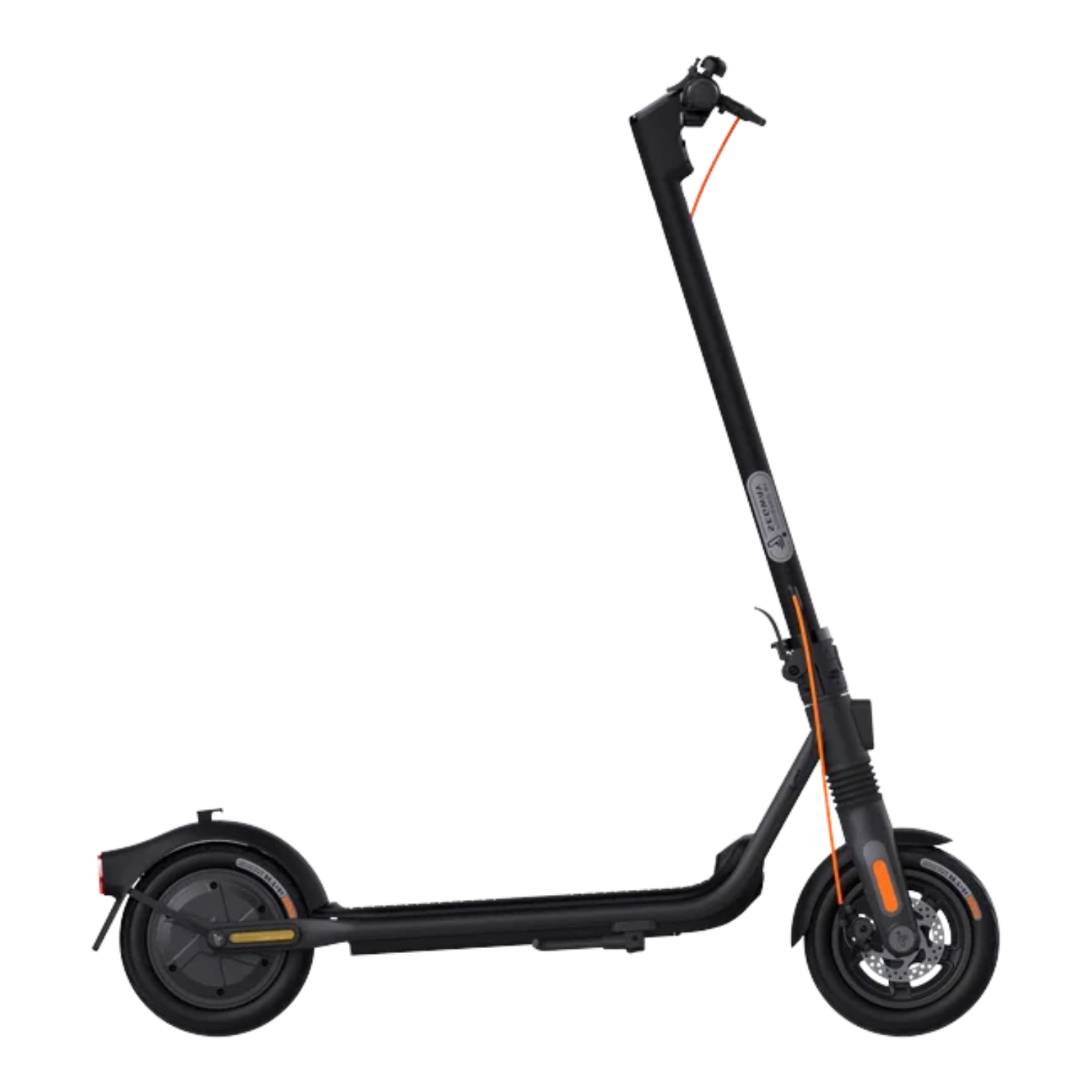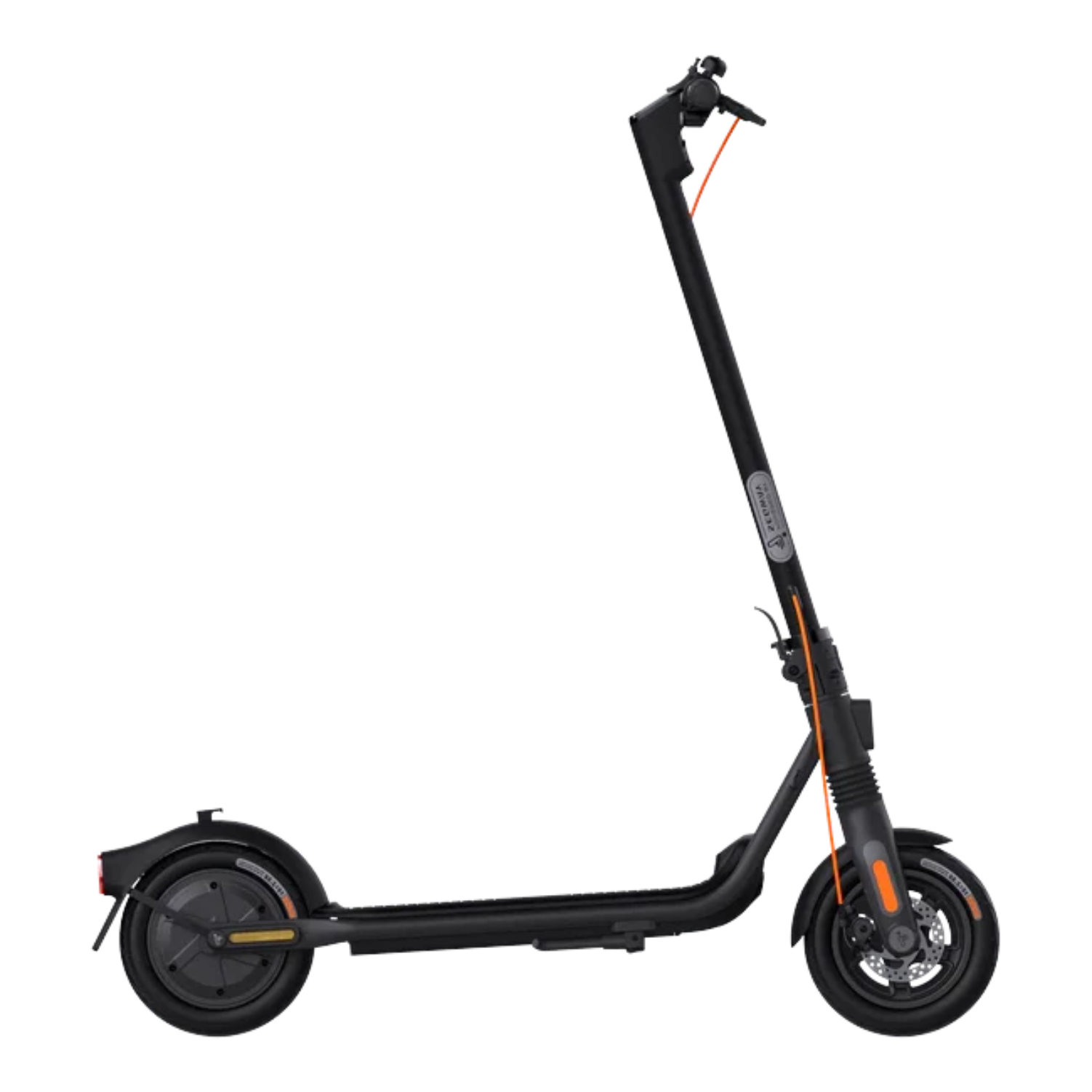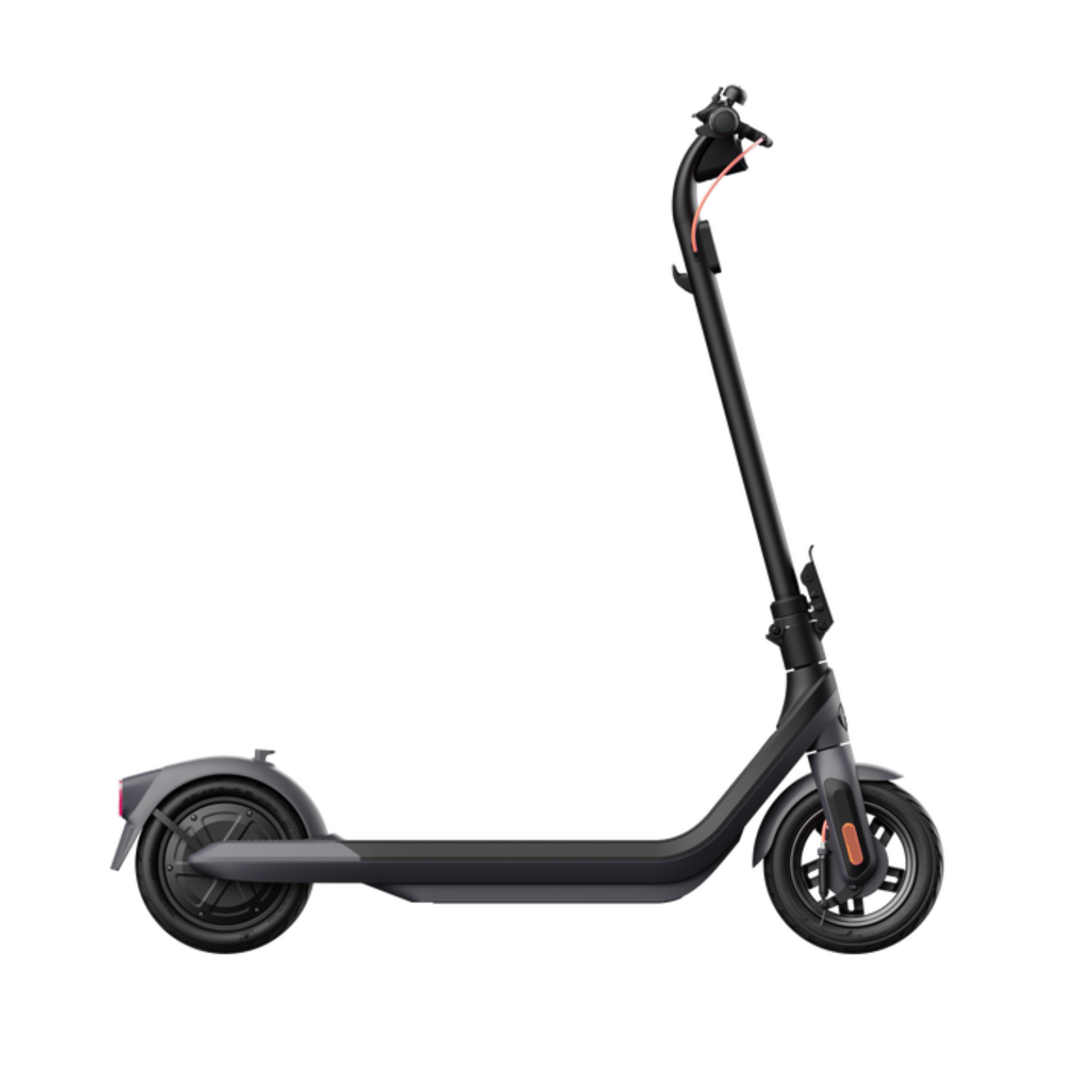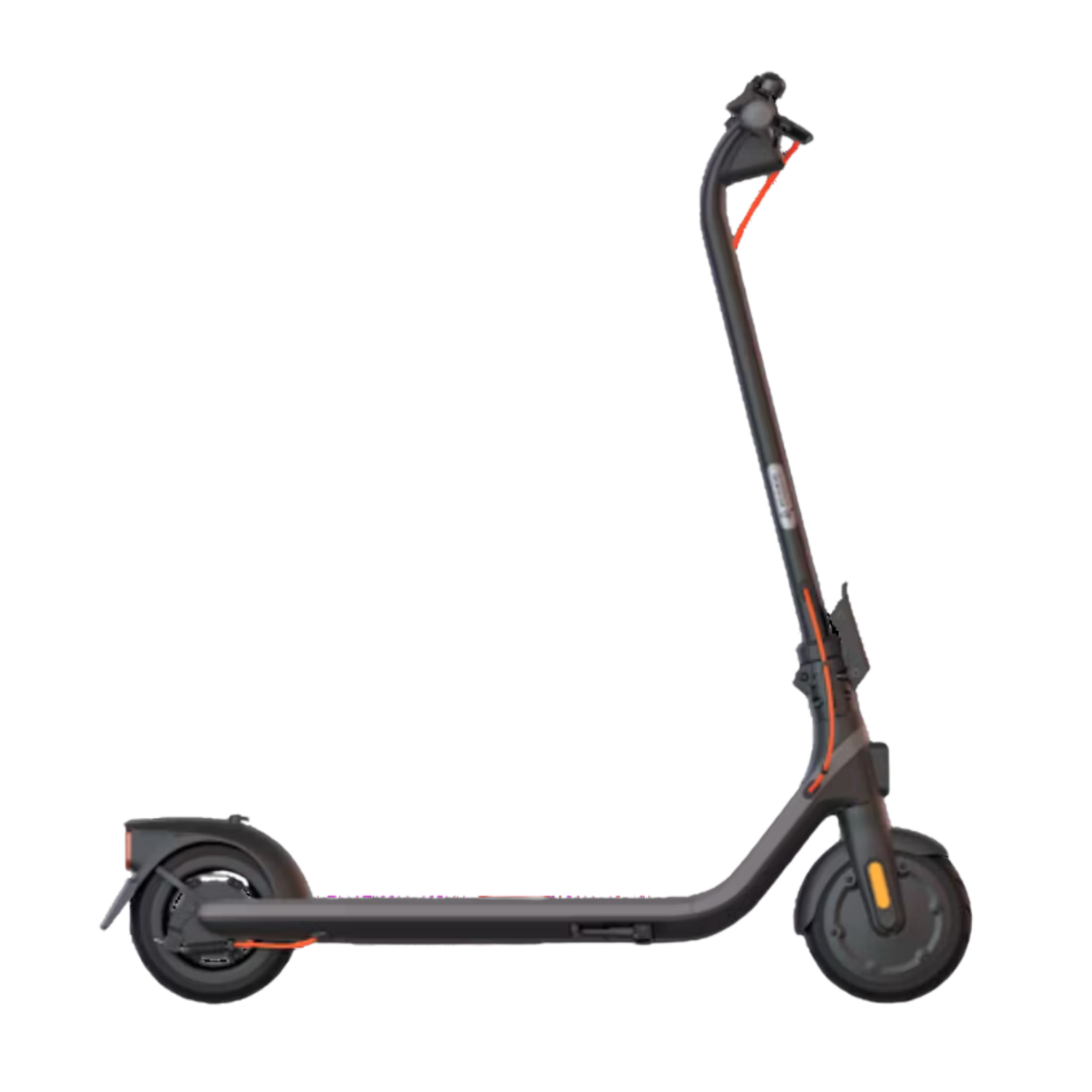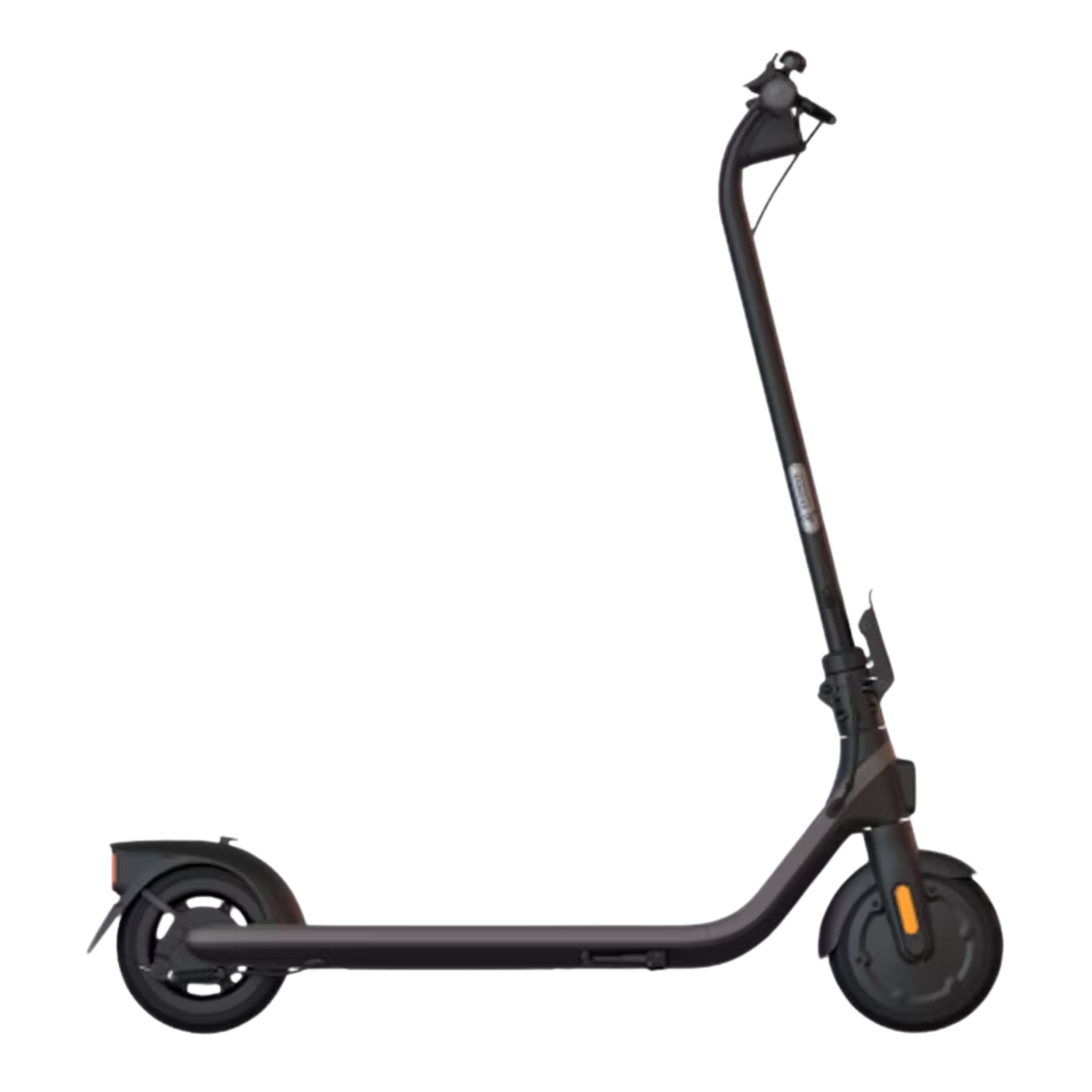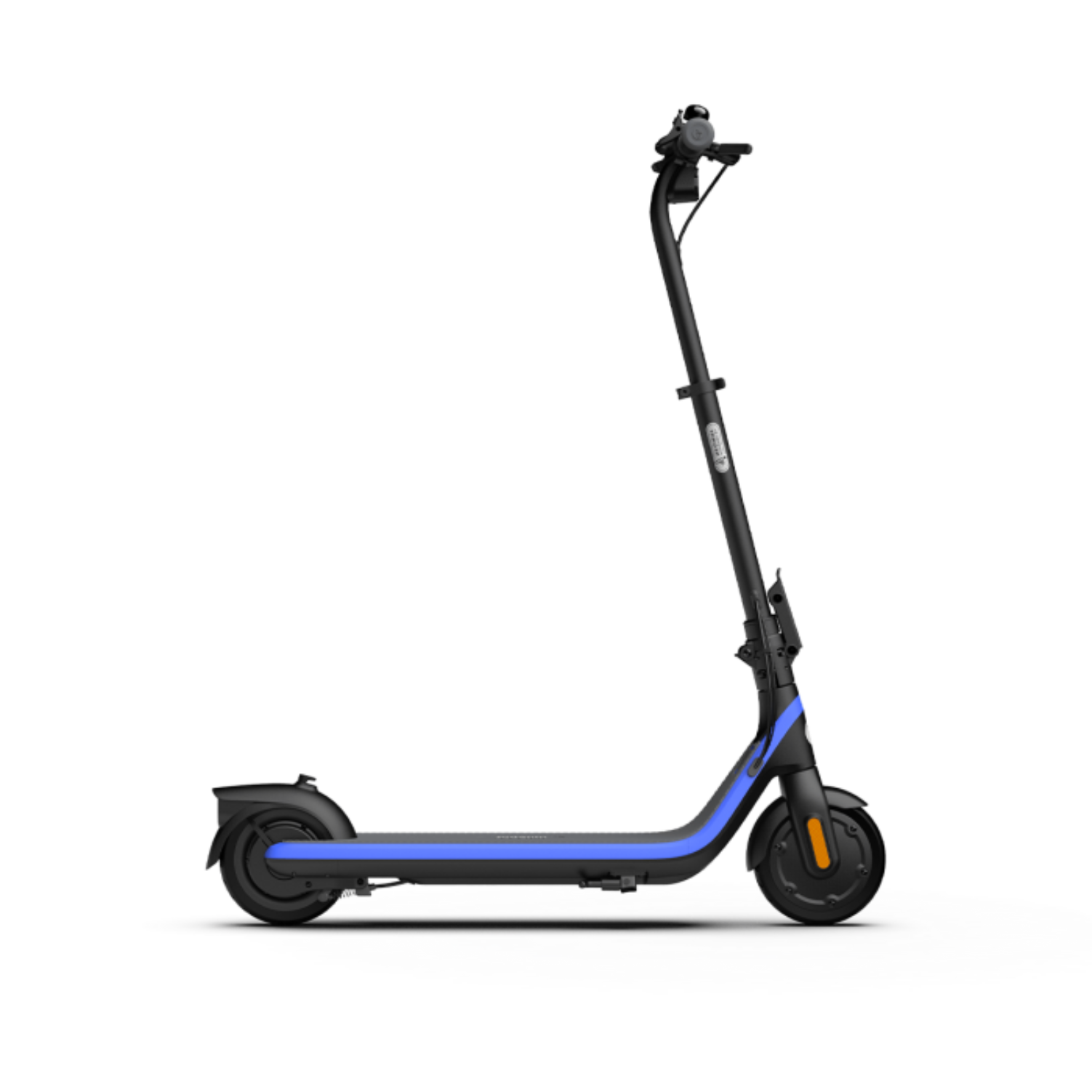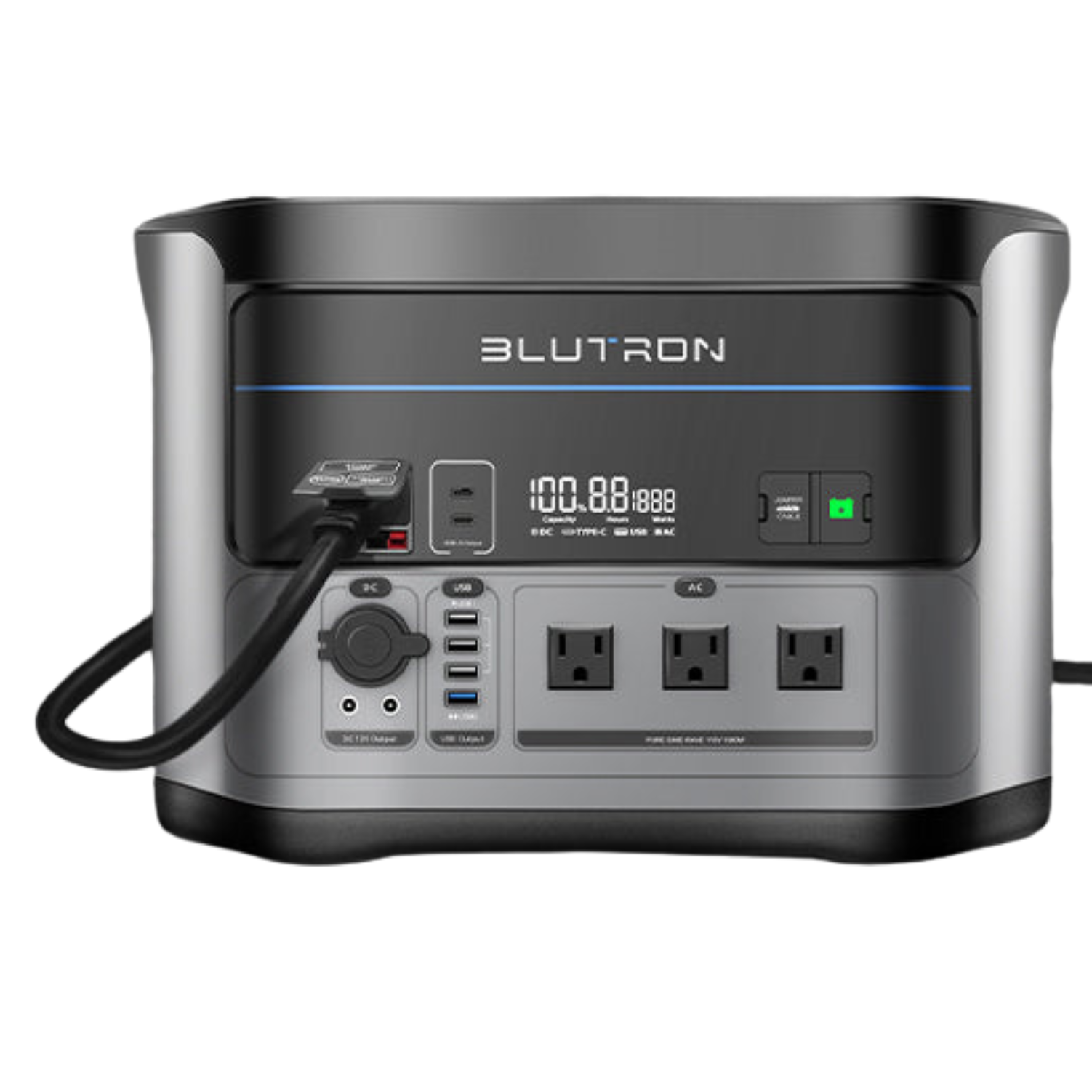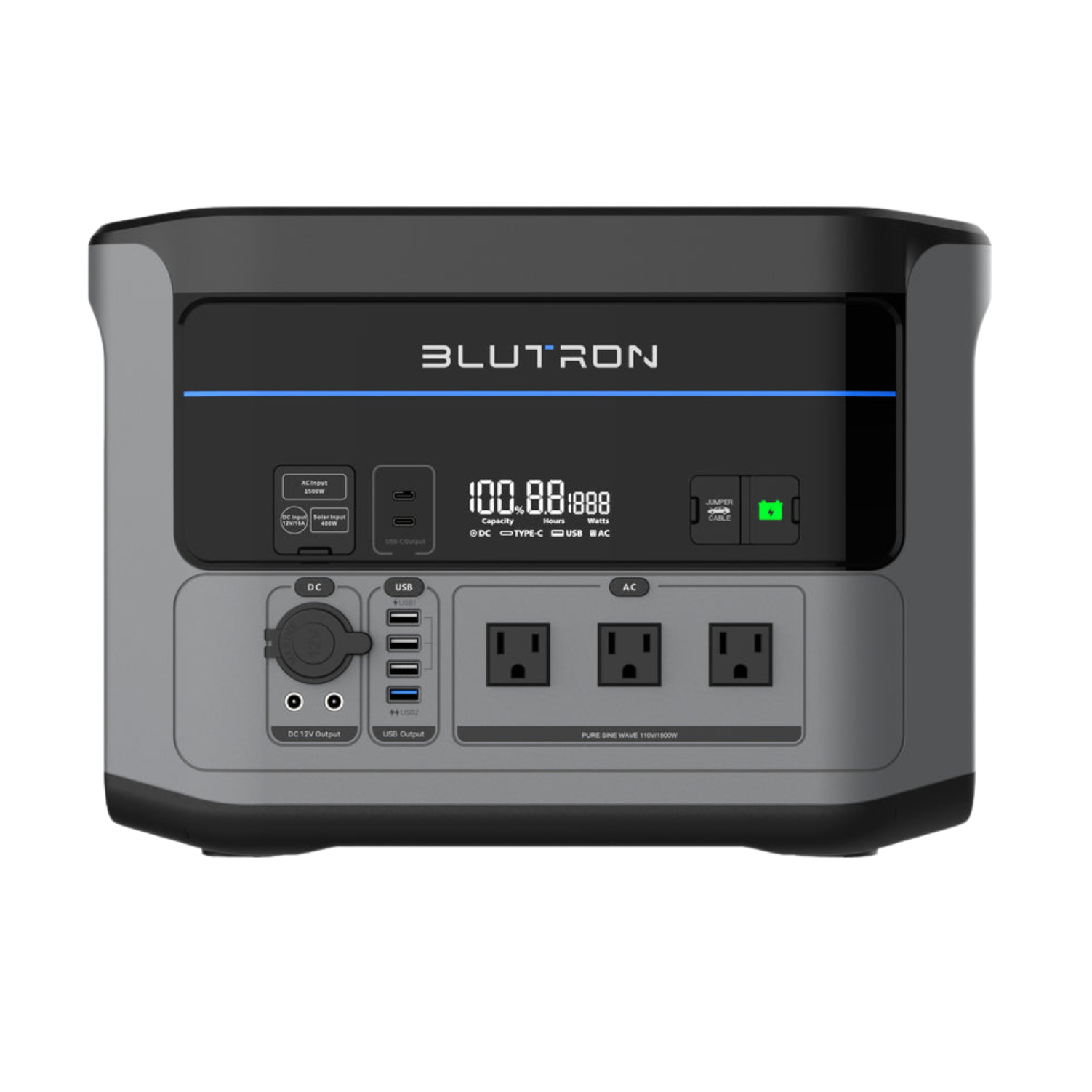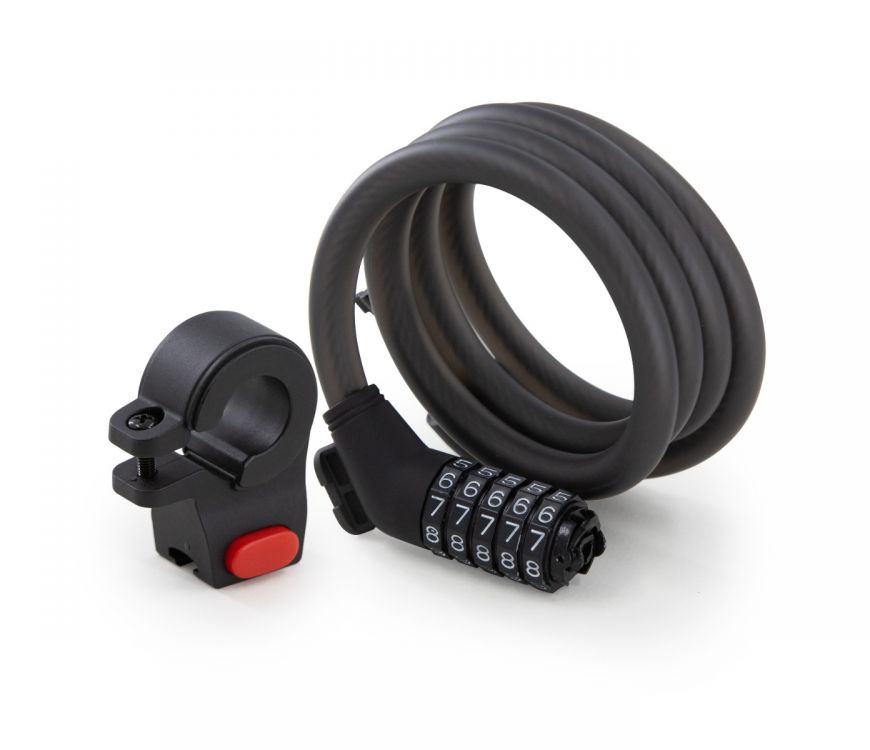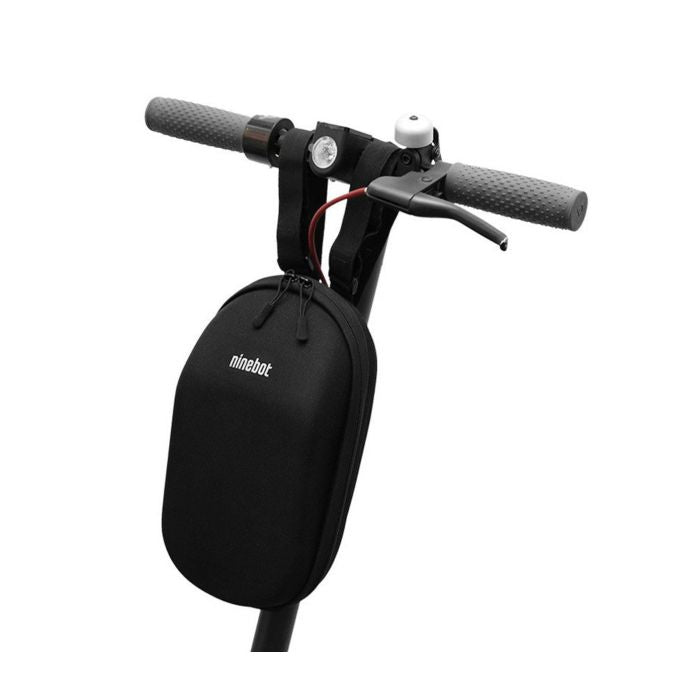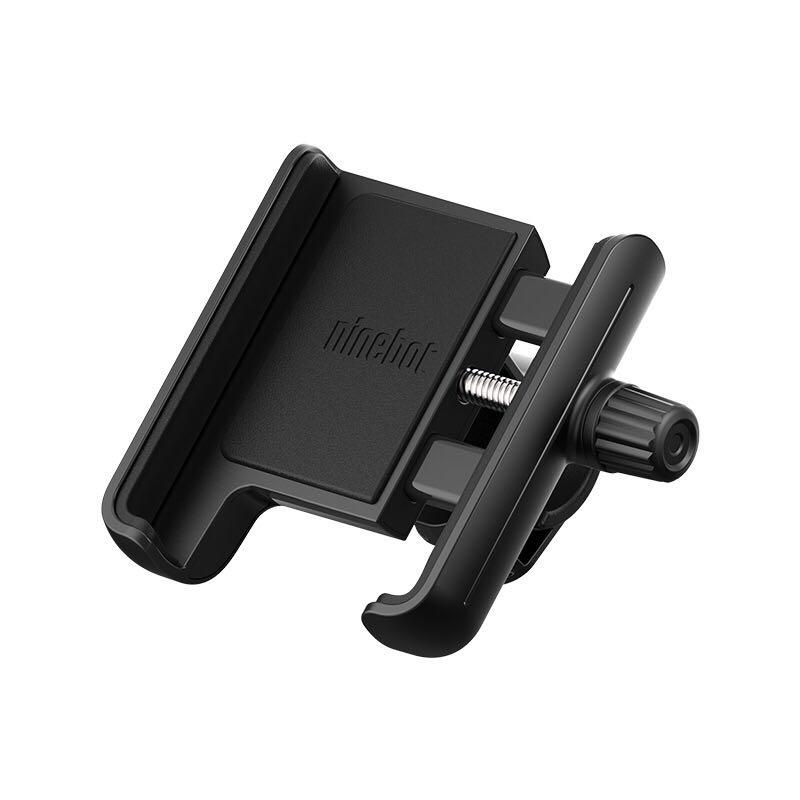Understanding E-Bike & E-Scooter Batteries
Every electric bike and electric scooter depends on its battery. It controls range, power, weight, and reliability. Without a well-designed battery, even the best motor or frame won’t deliver a good ride. For Canadian riders, battery technology is especially important, since our commutes, climates, and terrains demand dependable performance.
- Battery = the heart of any e-bike or scooter
- Impacts range, acceleration, weight, and cost
- Critical factor for Canadian riders in mixed weather

The Evolution of Battery Technology
Modern riders benefit from decades of progress in battery chemistry. Early e-bikes used heavy lead-acid batteries, which offered limited range and poor durability. By the 2010s, lithium-ion cells became standard, making e-bikes and e-scooters lighter, faster, and more practical for daily use. Today, new chemistries like Lithium Iron Phosphate (LFP) and Sodium-ion are creating safer, longer-lasting, and more affordable options.
For Canadians, this evolution means more reliable commuting even in colder climates and longer ranges for weekend rides in cities, suburbs, and trails.
- Lead-acid (past): Heavy, short range, low cycle life.
- Lithium-ion (present): Light, efficient, high energy density.
- LFP & Sodium-ion (emerging): Safer, greener, and better for long-term ownership.
Battery Chemistries Explained
Most modern e-bikes and scooters use lithium-ion batteries. These offer lighter weight, faster charging, and more range than older lead-acid systems. Within lithium-ion, different chemistries create different trade-offs in safety, cycle life, and performance.
For example, Segway and Velotric rely on NMC/NCA cells for maximum density and commuting range, while Vanpowers is exploring LFP for mountain-grade stability. Urtopia leans into futuristic approaches with app-integrated packs, while Aventon balances everyday commuter performance.
- NMC/NCA lithium-ion – high density, widely used in Segway and Velotric.
- LFP (Lithium Iron Phosphate) – safer, lasts longer, Vanpowers exploring for off-road use.
- Sodium-ion – emerging, affordable, eco-friendly, not yet common in Canada.
- Solid-state – fast charging, ultra safe, still in development.

Decoding Battery Specs
When you read a spec sheet, the most important numbers are Voltage (V), Amp-hours (Ah), and Watt-hours (Wh). These values explain exactly how your scooter or e-bike will perform on the road.
For instance, the Velotric Discover 2 uses a 705.6 Wh battery rated for up to ~120 km (75 mi), while the Vanpowers GrandTeton Ultra is also 705.6 Wh with up to ~149 km (93 mi). A compact commuter like the Segway Ninebot Max G3 is rated up to ~80 km (50 mi) with a ~597 Wh pack.
- Voltage (V): Higher = faster acceleration, more climbing power.
- Amp-hours (Ah): The size of the “fuel tank.”
- Watt-hours (Wh): Voltage × Ah = total energy, best indicator of range.
Rule of thumb: Look at Watt-hours (Wh) when comparing models—it’s the most accurate range measure.

Battery Lifespan & Care
A lithium battery lasts 3–5 years with proper care, but how you charge and store it makes all the difference. Cold Canadian winters, heavy loads, and aggressive riding all shorten lifespan. Smart riders extend battery life by charging more carefully and avoiding complete discharges.
- Avoid draining below 20% if possible.
- Keep between 20–80% for daily use.
- Store indoors during extreme cold or heat.
- Charge with the OEM charger only—never third-party adapters.
Some brands like Urtopia now offer app-based health monitoring, while Aventon sells swappable packs so riders can rotate use and extend total lifespan.

Safety & Charging Practices
Modern packs have built-in protections, but safe charging remains a rider’s responsibility. Always use OEM chargers and avoid risky habits like charging outdoors in freezing weather. Inspect regularly for damage, and replace at the first sign of swelling or cracks.
- Use only certified manufacturer chargers.
- Do not leave charging overnight in freezing conditions.
- Inspect for cracks, swelling, or overheating regularly.
- Unplug once fully charged to reduce stress on cells.
Segway, Velotric, and Aventon all include safety circuits—but nothing replaces rider diligence.
Cost, Value, and Sustainability
Batteries make up 30–40% of an e-bike or scooter’s cost. While larger packs cost more upfront, they deliver lower cost-per-kilometre and fewer replacements. For example, the GrandTeton Ultra may be more expensive initially, but its ~149 km range and long lifespan provide better total value for serious riders.
- Small commuter packs → lower cost, shorter lifespan.
- Larger capacity → higher cost, longer lifespan & range.
- Warranty coverage matters—Knotty ensures all packs are backed in Canada.
- Higher capacity batteries = fewer charge cycles over time, lowering total cost.
Sustainability is another factor. Brands like Velotric and Aventon partner with recycling networks, while Segway pilots modular packs designed for reuse in energy storage.
The Impact of Climate on Batteries
Canadian riders face unique challenges. Cold weather reduces battery efficiency by as much as 30%, while hot summers can stress cells if charging is done outdoors. This makes proper storage and charging routines essential for maximizing lifespan.
- Expect shorter winter ranges—plan rides accordingly.
- Always warm up your battery indoors before charging in cold weather.
- Use insulated covers for long rides in sub-zero conditions.
The Future of Battery Tech
Battery innovation is moving quickly. The future promises better safety, faster charging, and more sustainable materials. Riders can expect longer ranges and smarter monitoring systems in the years ahead.
- Swappable packs: Already mainstream in Asia, expected in Canada in coming years.
- Higher density: More range without extra weight—Velotric and Vanpowers pushing forward.
- Solid-state: Safer, faster, future-proof, not yet commercially available.
- AI-powered battery management: Apps from brands like Urtopia already monitor battery health and charging behavior.
FAQ: Batteries for E-Bikes & Scooters
How long do e-bike batteries last?
3–5 years depending on care and climate.
Can I upgrade later?
Yes. Aventon and Velotric offer extended packs.
Are batteries safe in the rain?
Yes. Most are water-resistant but should not be submerged. Check IP ratings (IPX4–IPX6).
What’s the best storage method?
50–70% charge, stored indoors in cool, dry conditions.
Where do I recycle?
Knotty connects riders with certified Canadian recycling programs.
Conclusion
E-bike and e-scooter battery technology continues to advance rapidly. From today’s lithium-ion packs in Segway, Velotric, and Aventon models to the rugged off-road systems of Vanpowers and the smart, connected designs of Urtopia, every innovation benefits Canadian riders.
At Knotty, we stock the latest models backed by full Canadian manufacturer warranties. Whether you’re commuting, hauling, or exploring, we’ll help you choose the right technology for your lifestyle.



